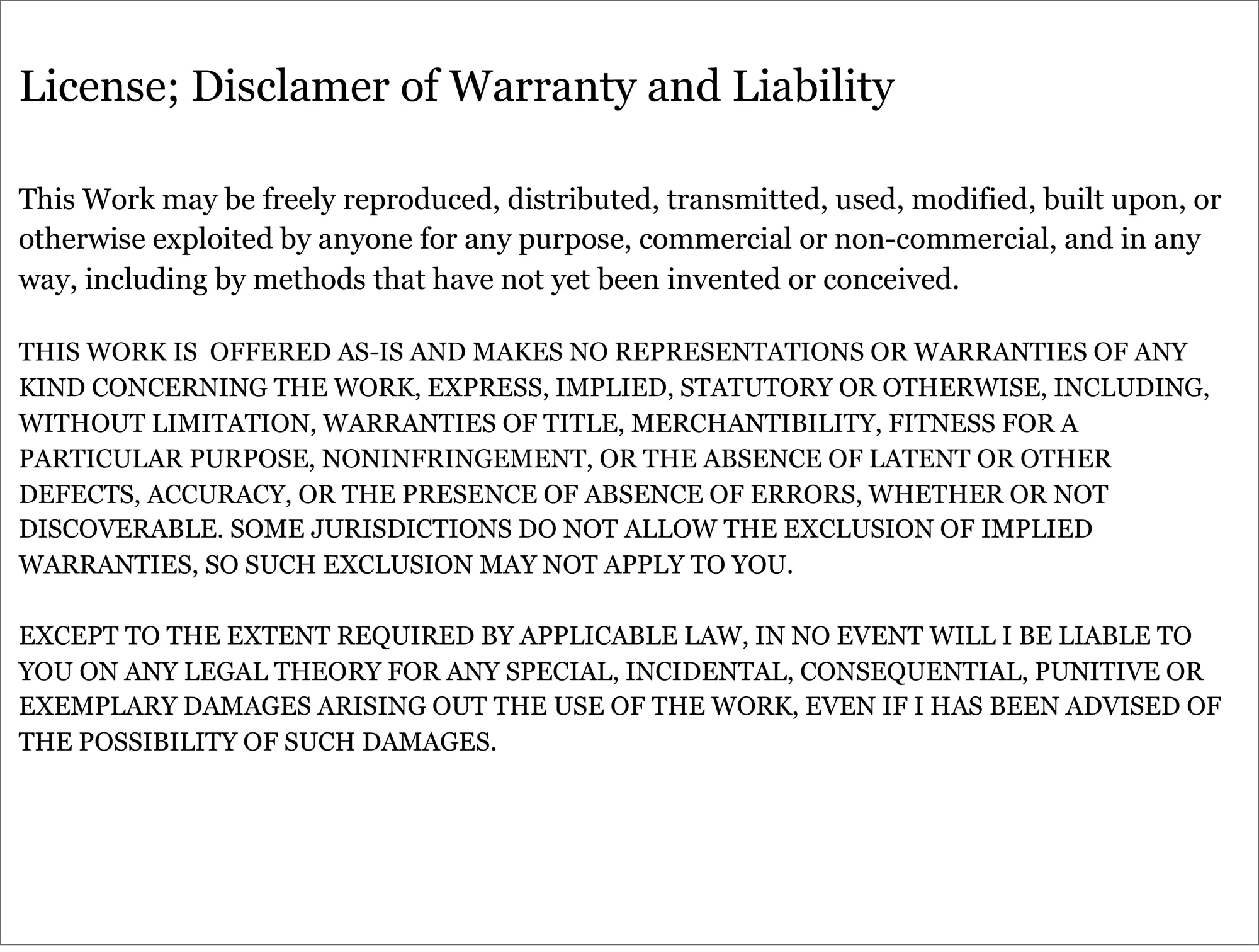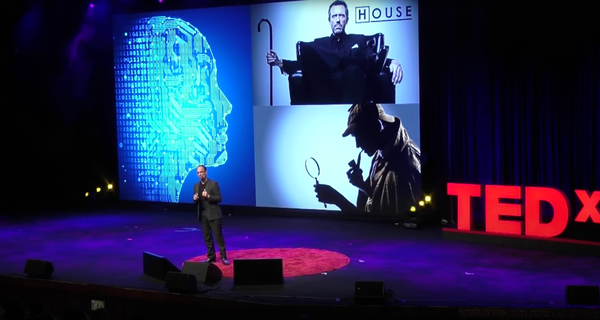Go Open 2008 Keynote
"FLOSS: What & Why?" is a keynote that I wrote for the Go Open 2008 conference in Norway.
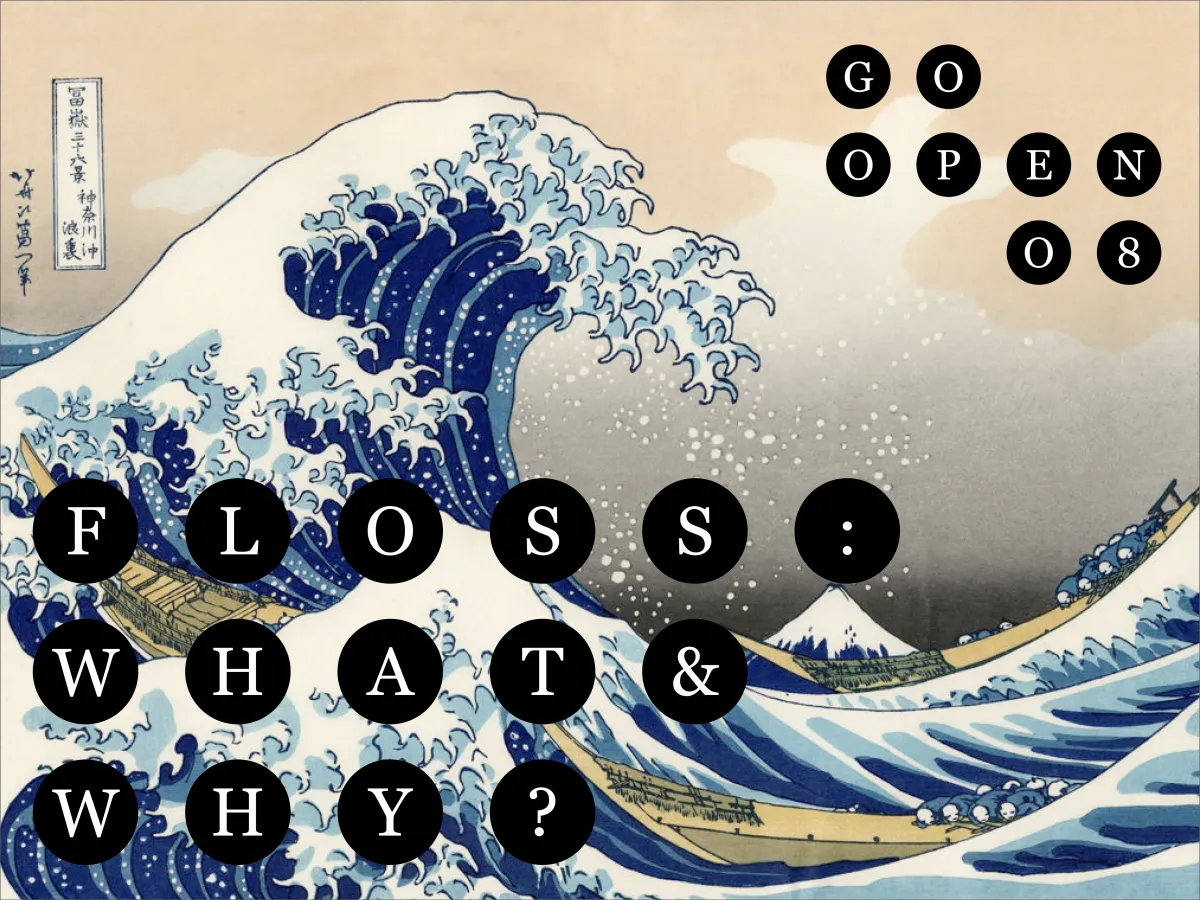
In early 2008, Heidi Austlid from the Norwegian Friprog Competence Center asked me to give a keynote for Go Open 2008 on the topic of, "What is Free Software and why (should you) change?" I began writing the presentation with the assumption that I just needed a simple overview of the basics of Free Software and the benefits that it offers to different types of producers and consumers.
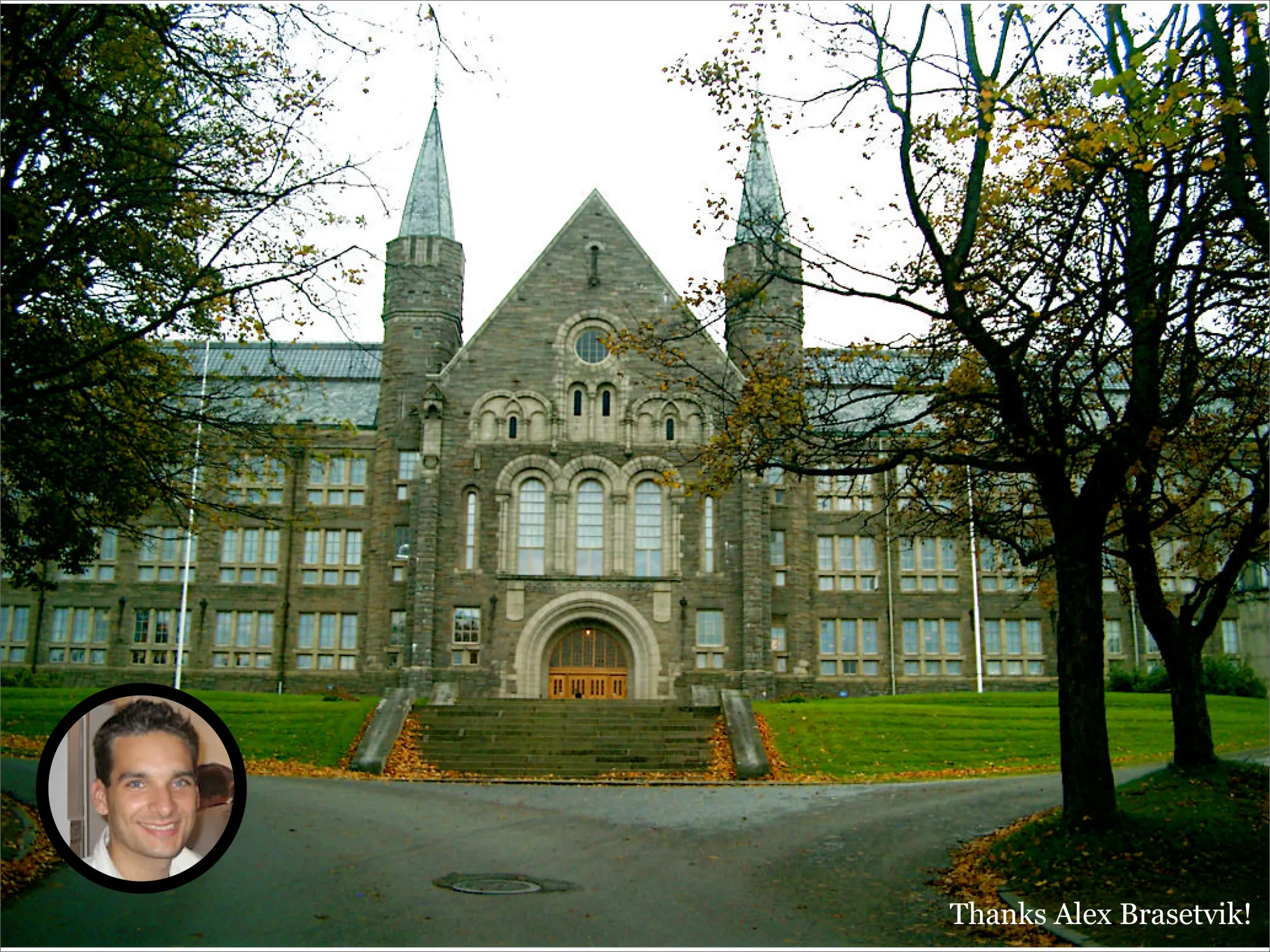
Thankfully, before I was anywhere close to being finished, I had the good fortune to correspond with Reidar Conradi – a professor at NTNU in Trondheim. Øyvind Hauge, a student of Reidar's, had just completed a survey of Norwegian software vendors.
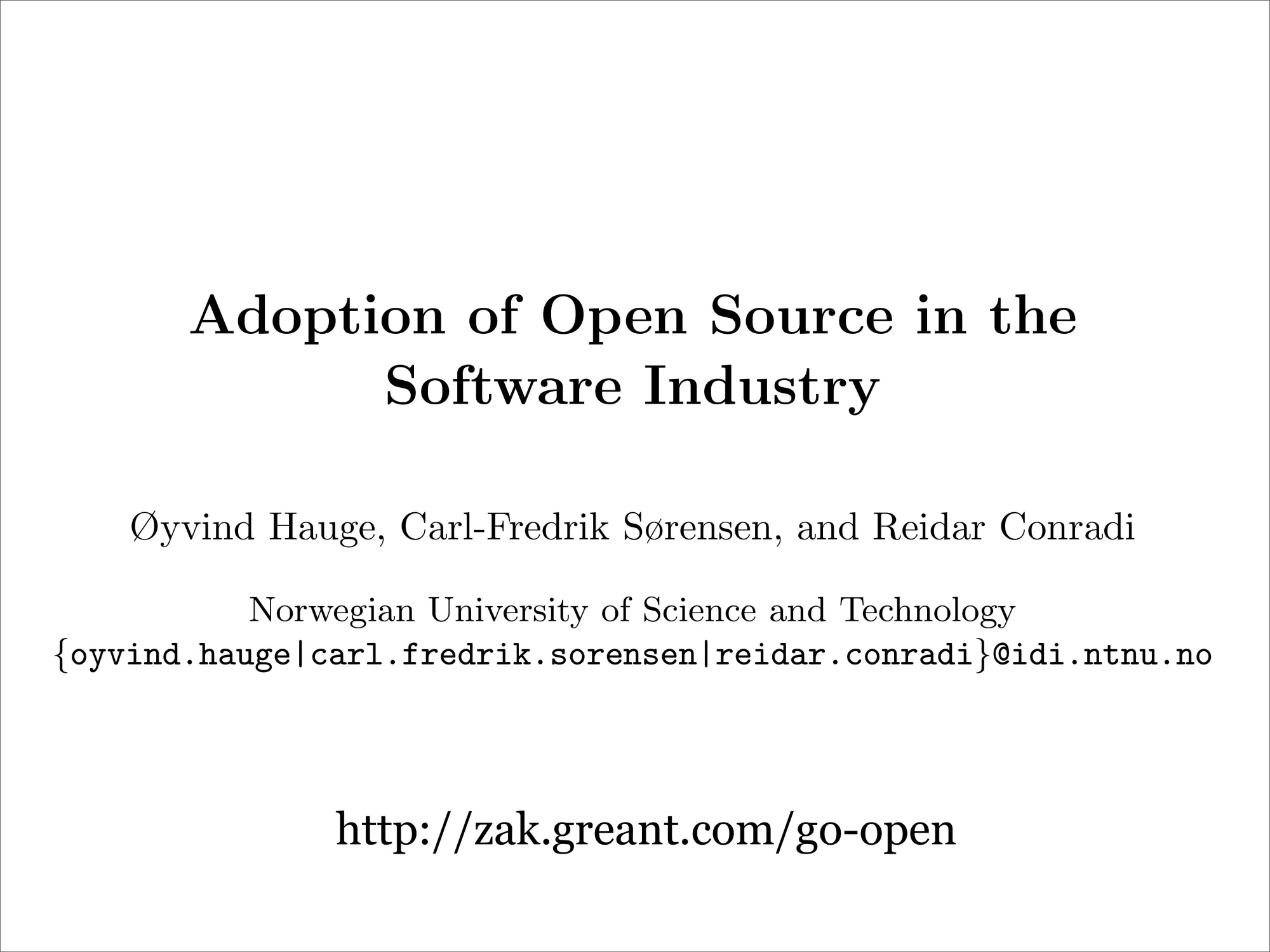
I expected the paper to cover known ground – how vendors were using Free Software as part of their infrastructure – and didn't look a the paper for a few weeks. Surveys on adoption are interesting, but Free Software is now so widely distributed that these kinds of surveys are becoming less relevant.
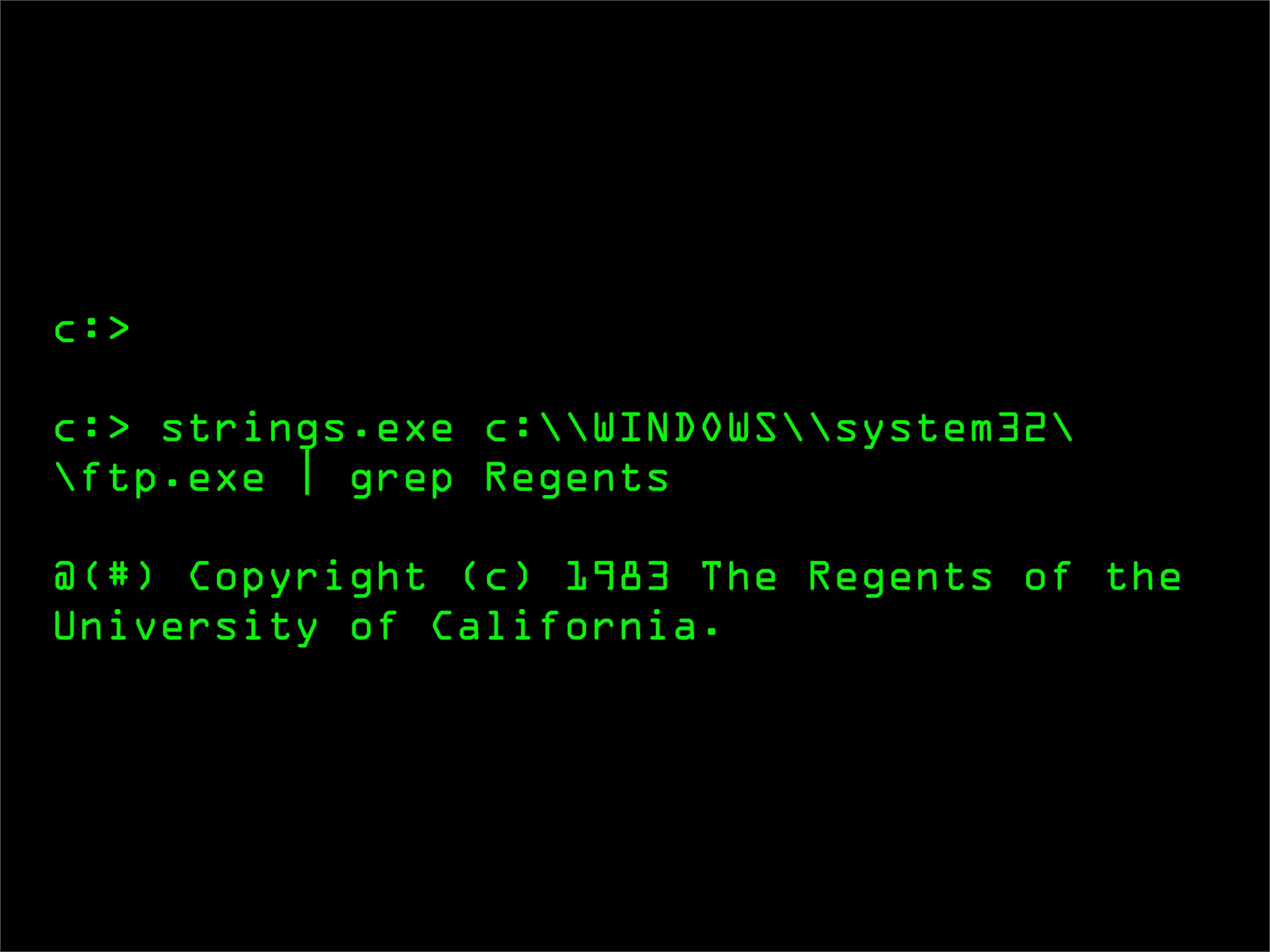
Point in case: here we are on the Windows XP command line.
If we use a port of the UNIX strings utility to inspect the text in the ftp.exe binary, we'll get a lot of text. Using the UNIX grep tool to filter the results down to lines that contain the word Regents, we can see that the ftp.exe binary was built using some Free Software that was distributed under the BSD license.
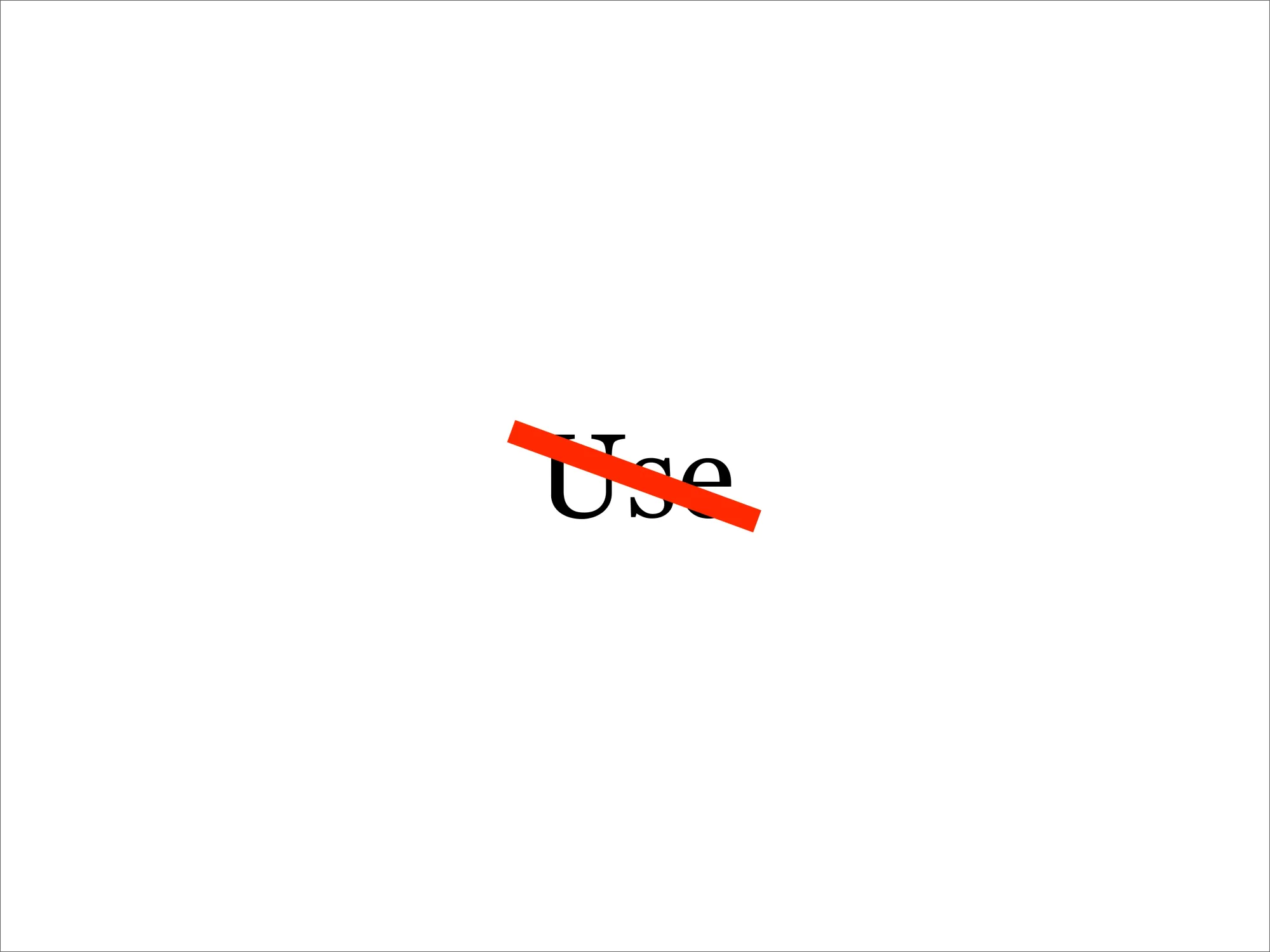
So, if use of Free Software by large companies is old news, then the exciting thing about this paper is that the researchers focused on how many companies were delivering solutions (and generating revenue) based on Free Software.
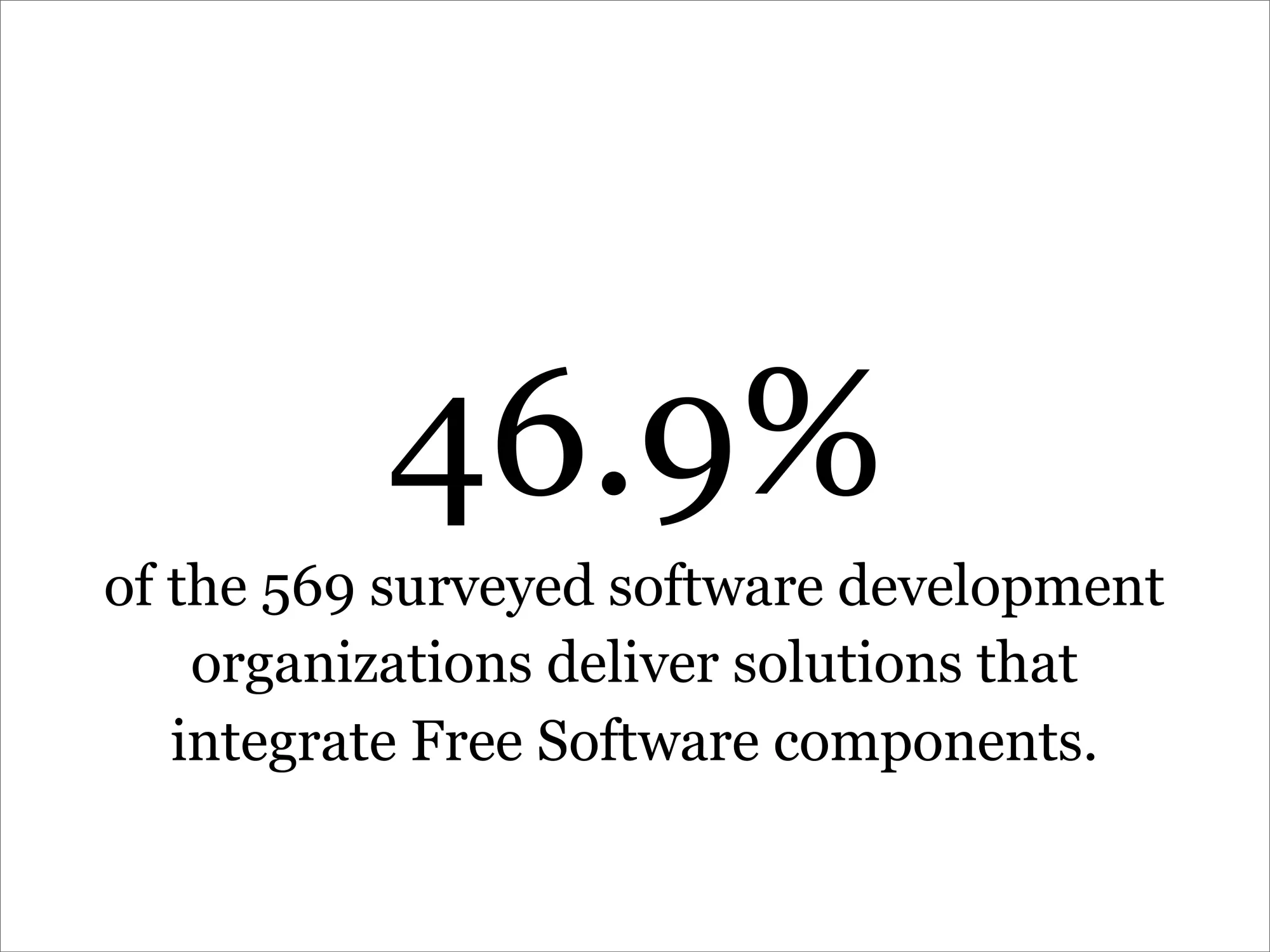
They also write: "In addition, more than 30% of the companies using OSS components have over 40% of their income from OSS related services or software."
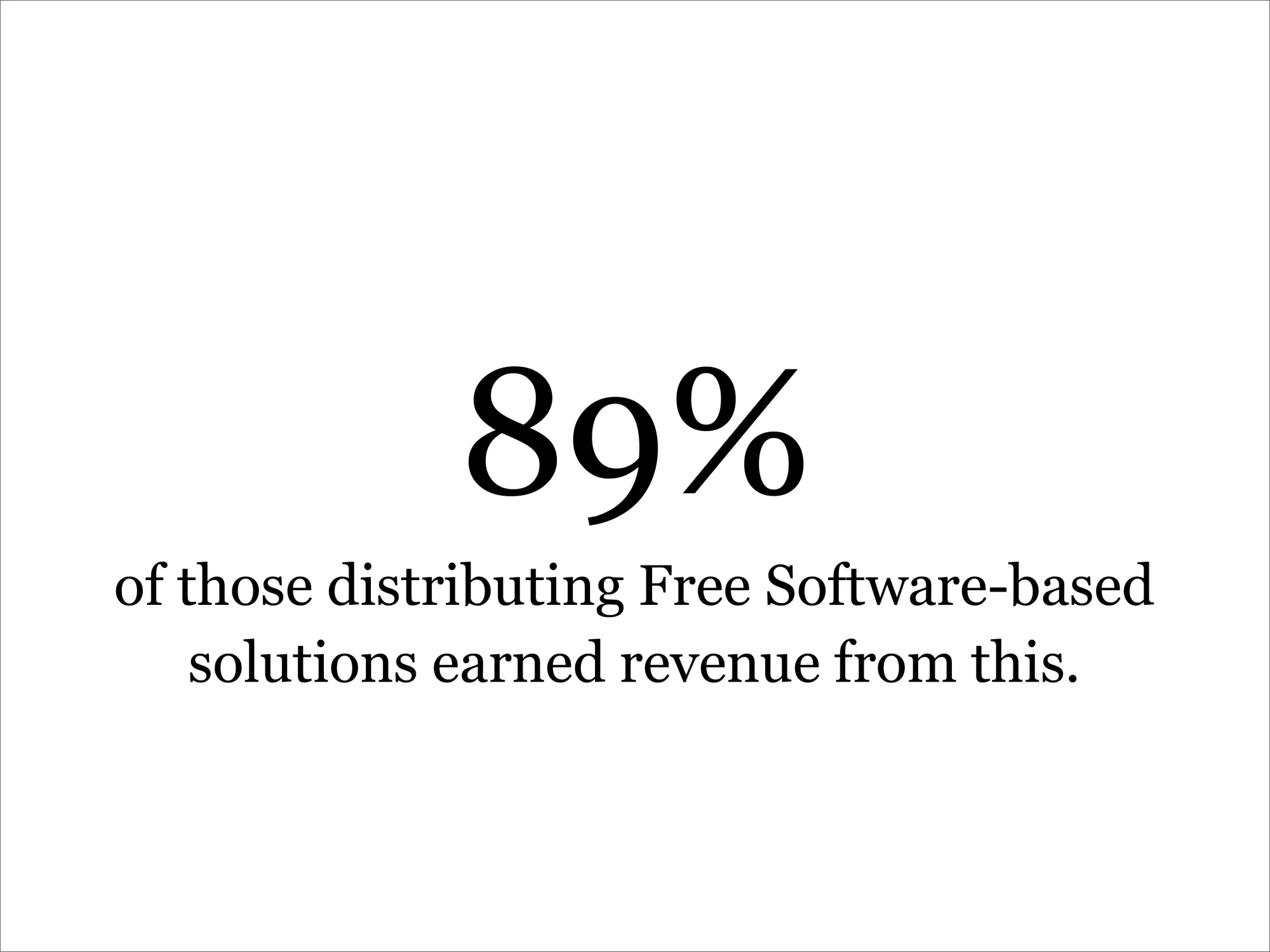
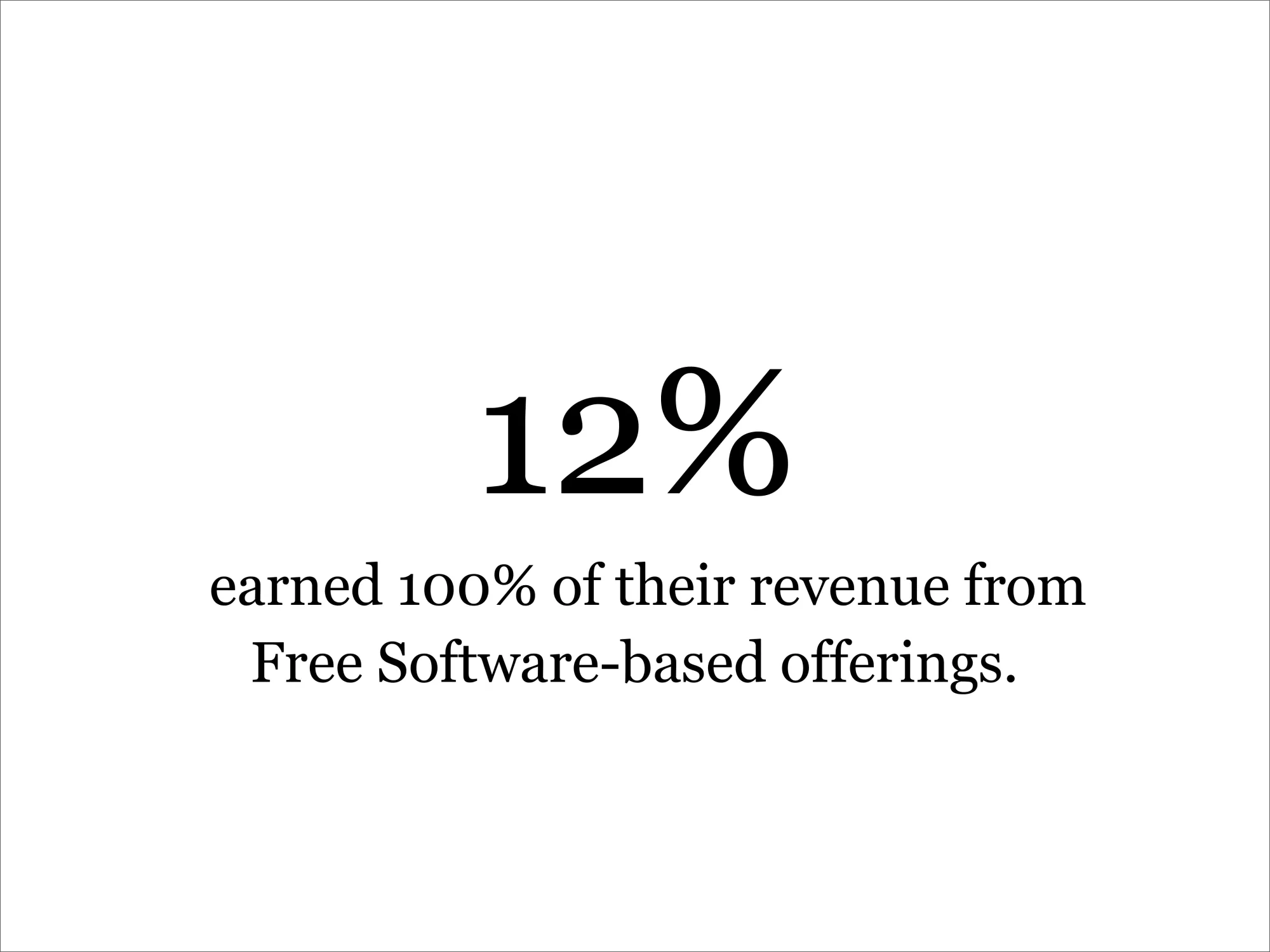

Knowing all this, the interesting why related to Free Software isn't, "Why should you change?"
Instead, it's, "Why has so much of Norwegian software industry already changed?"
For possible answers to this question, let's explore what Free Software is and what it means.
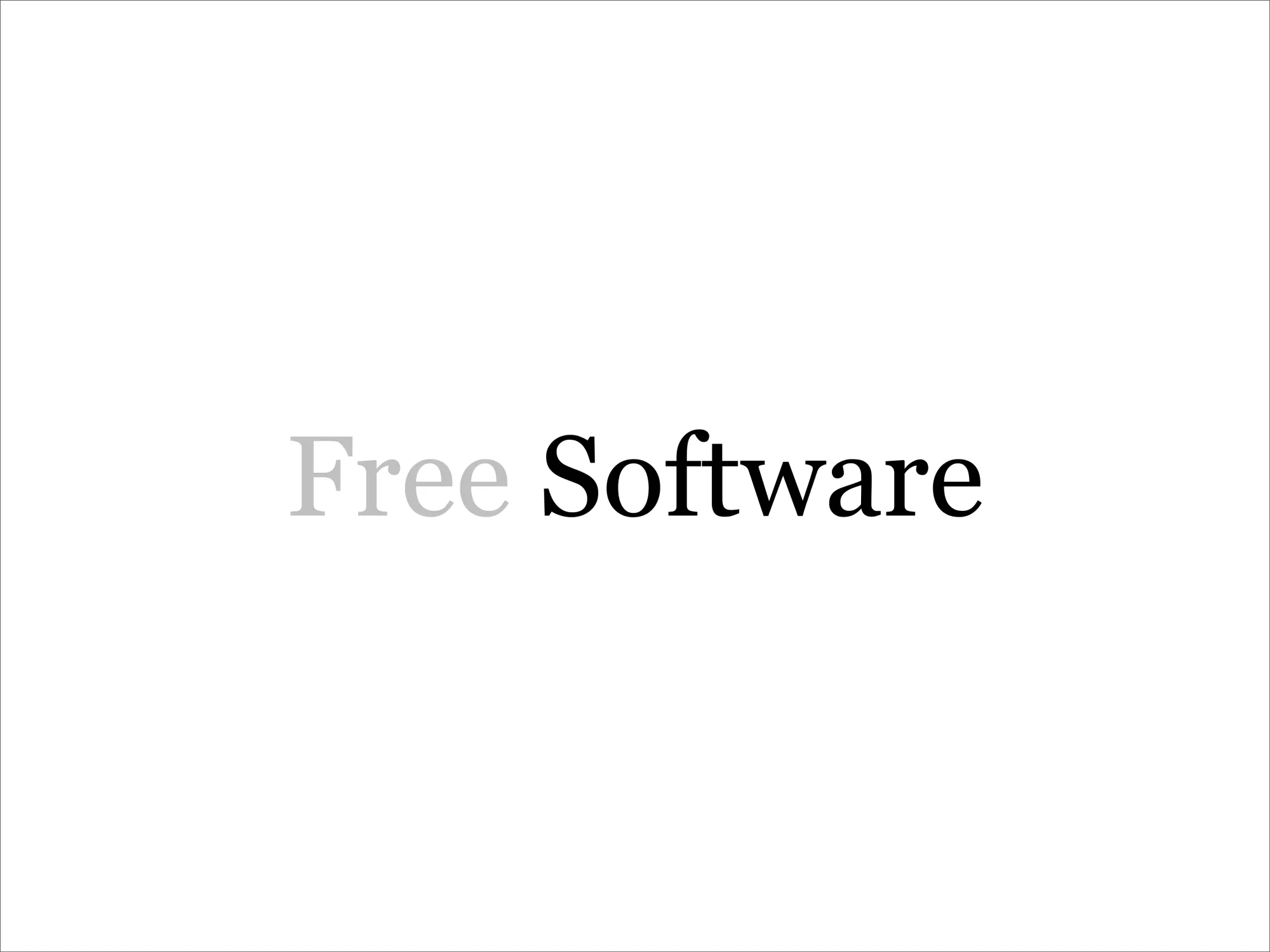
First, it's software and even popular software.
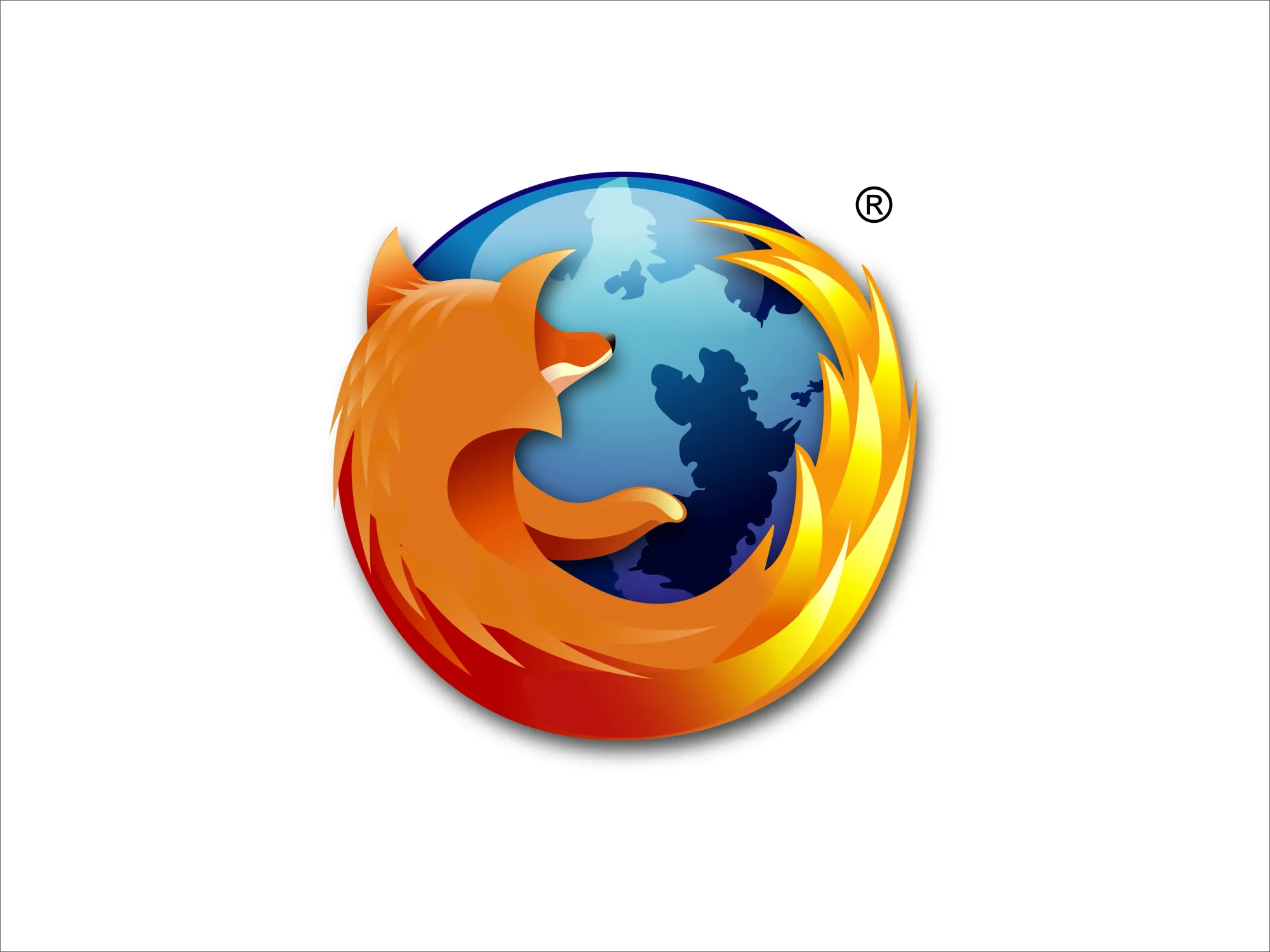
Such as Firefox ...
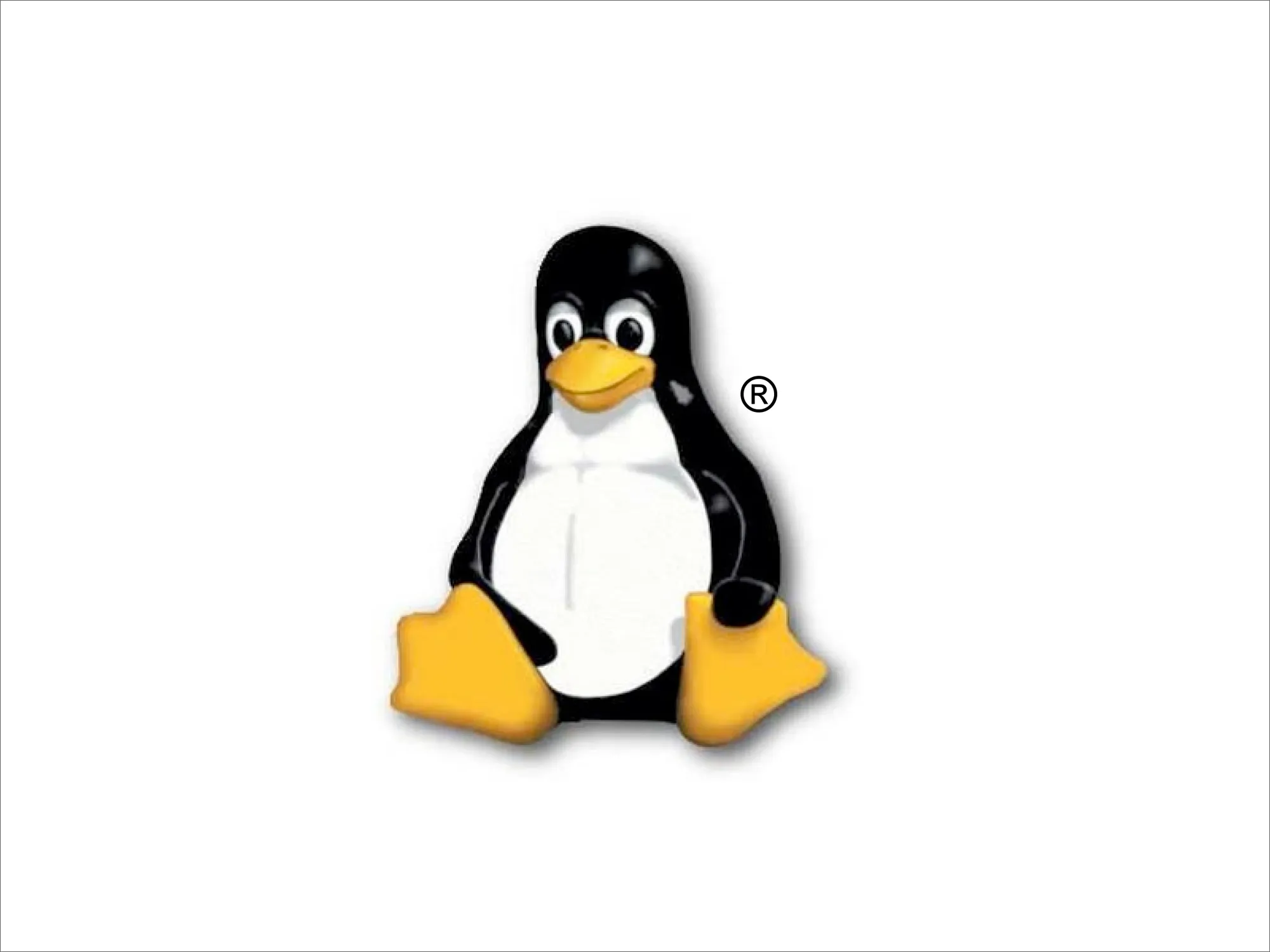
... and Linux that are often built by communities of developers working in public online.
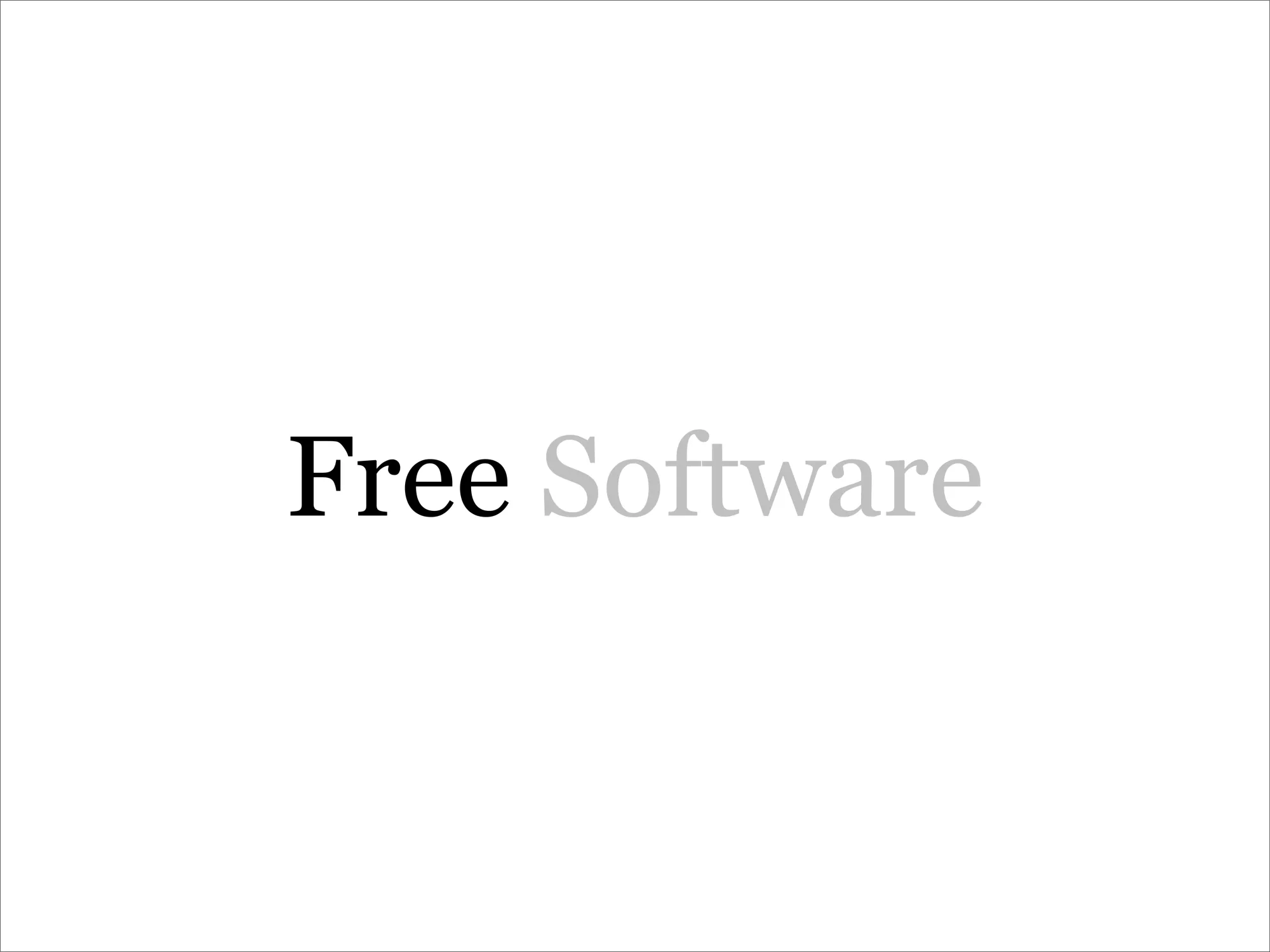
Next, it's free.
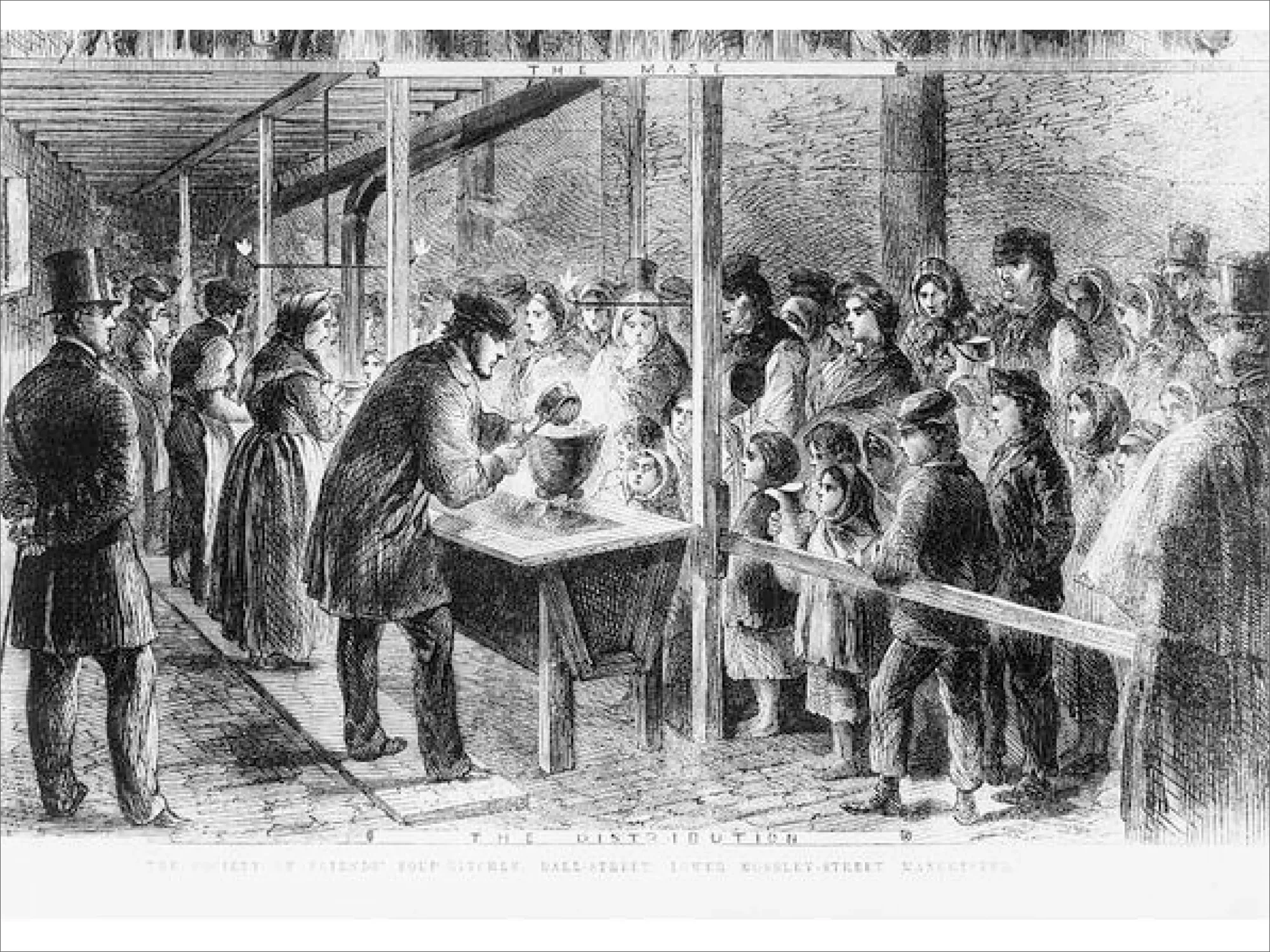
While it's often free as in "free lunch", more importantly, it's free as in having four essential freedoms.

- The freedom to run the program as you wish, for any purpose.
- The freedom to study how the program works.
- The freedom to modify how the program works.
- The freedom to share verbatim or modified copies with others.
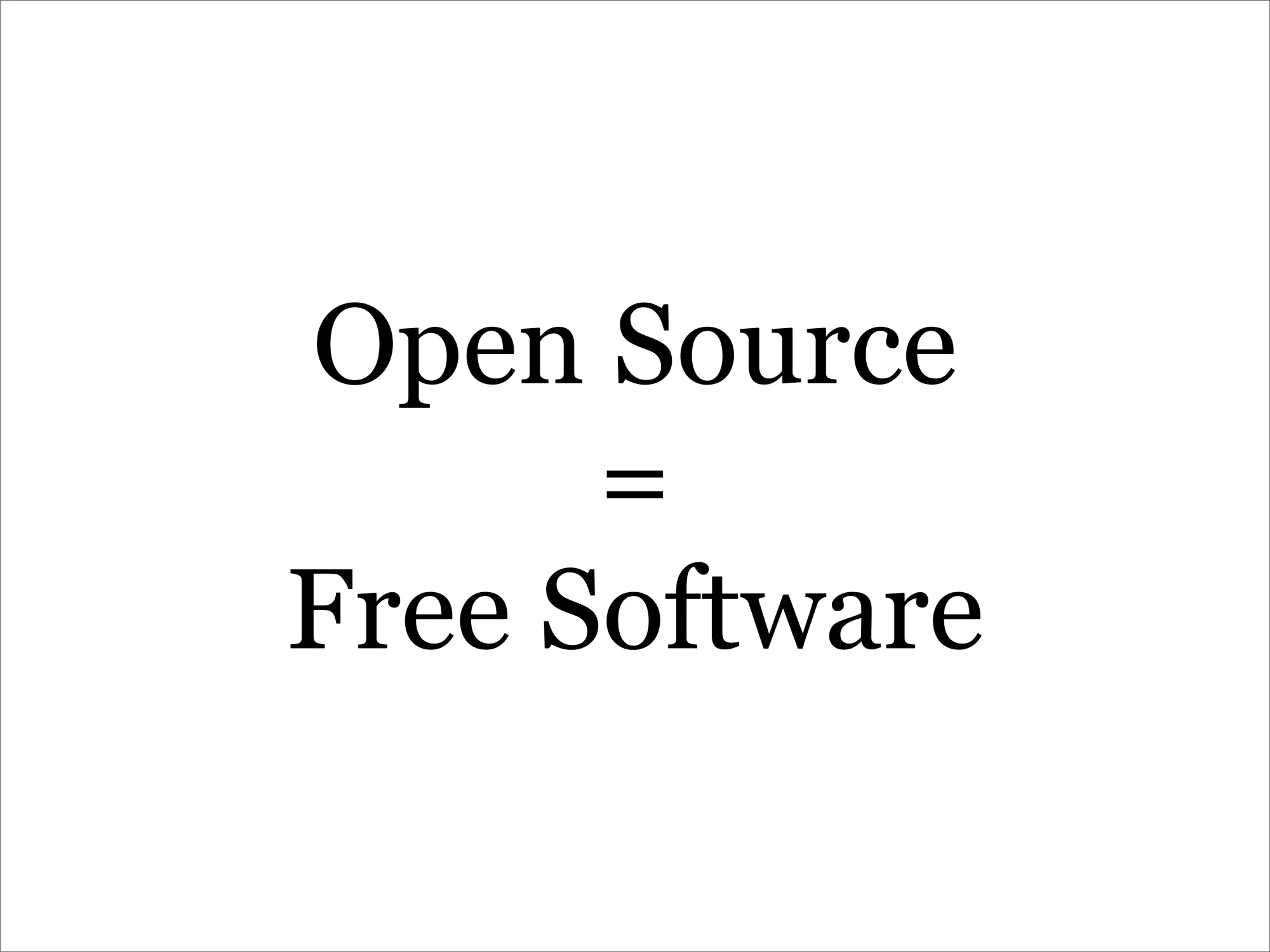
If you're wondering how Open Source differs from Free Software, for the purposes of this presentation, you can consider them to be equivalent.
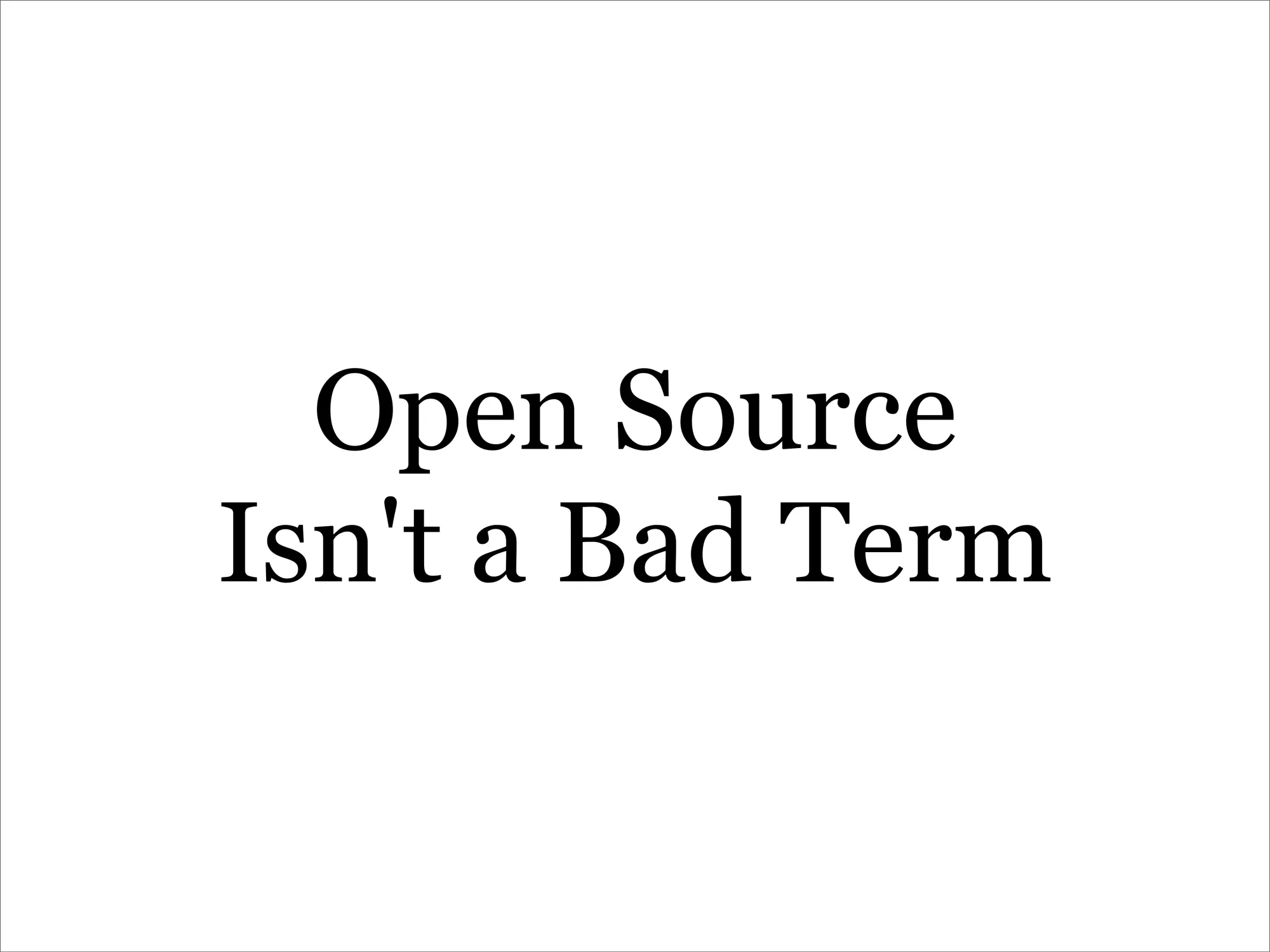
While I prefer to use the term Free Software and it's framings, I don't demonize Open Source as a term or concept. I encourage others to focus on the value that both framings provide.
In fact, the term gets to a key requirement for Free Software. To be able to study and modify Free Software, you must have access to the source code. Without the source code, you can't exert the freedoms of free software.
That brings us to another key limit on the freedoms of Free Software - distribution
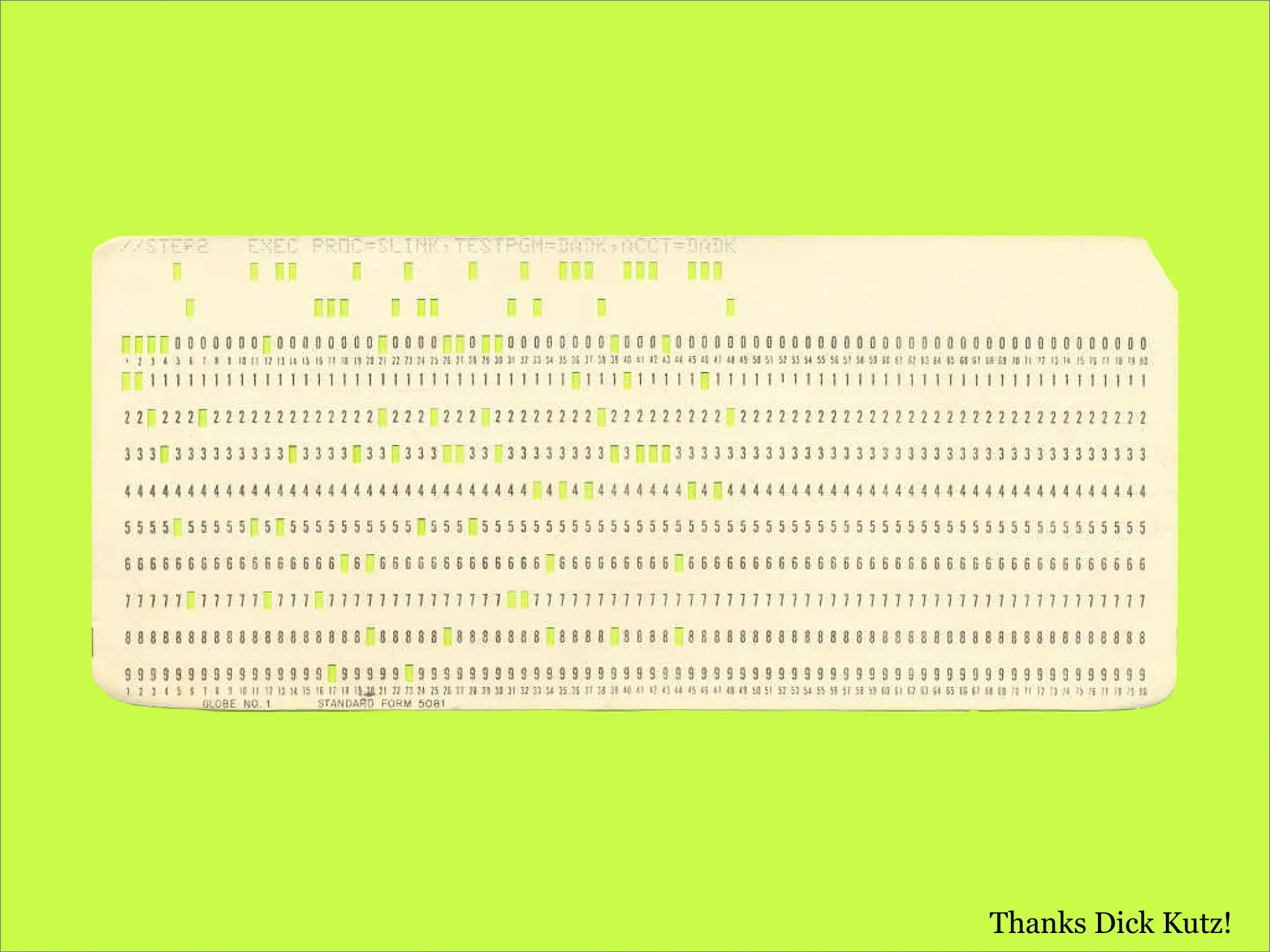
These freedoms are significant, but their effect is limited by the distribution channels for software.
In a pre-Internet era, the cost of sharing software on digital media was roughly somewhere in the area of 100 000 NOK/MB and eventually dropped down to about 10 NOK/MB, a factor of 10 000.
In the early days of computing, it was much cheaper to distribute software as printed text than in its native form on digital media.
The high cost of sharing software (and the slow distribution methods) helped create the modern consumer software industry.
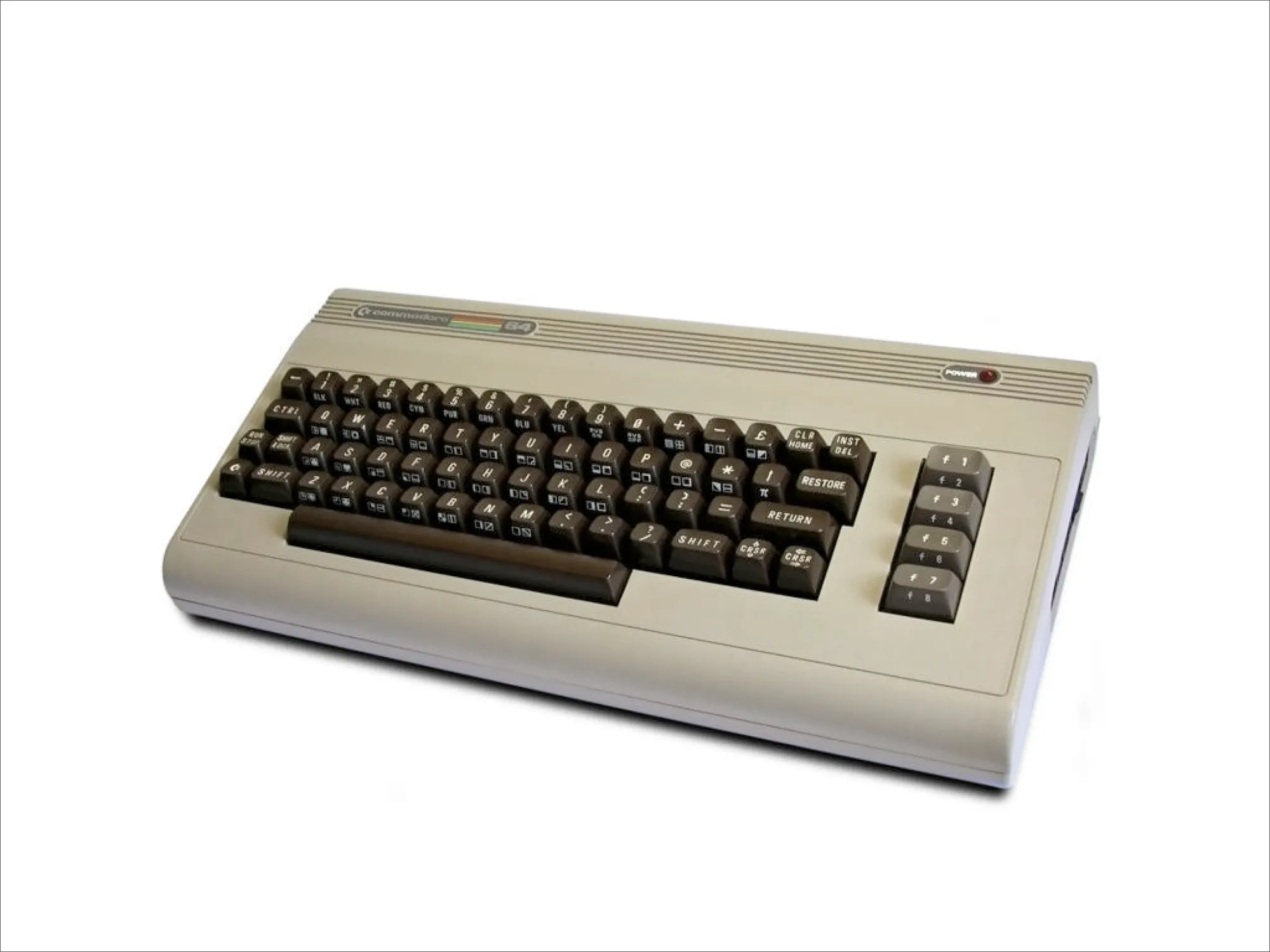
The pre-Internet consumer software industry from the early-80s to early-90s became accustomed a market driven by high demand vs. real and artificial scarcity:
- Rapid growth in the number of personal computers.
- A diverse computing market with, initially at least, many different operating systems and platforms.
- A lack of computer programmers.
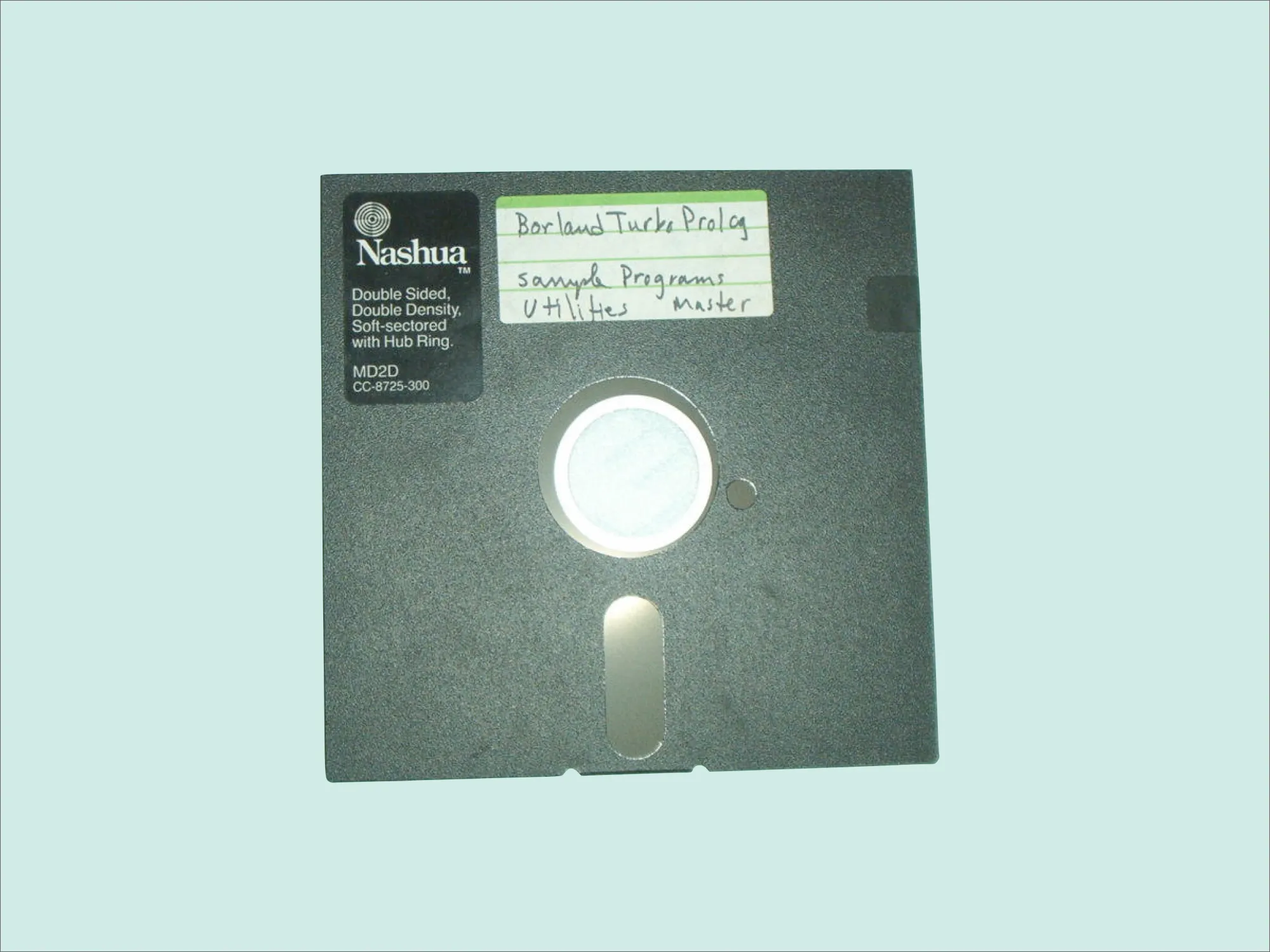
Combine this with:
- A market that is accustomed to consuming physical goods.
- Software can be treated as a physical good, because the most common form of distribution is on floppy disk or CD-ROM.
... and you have a situation where software companies begin introducing artificial scarcity over time
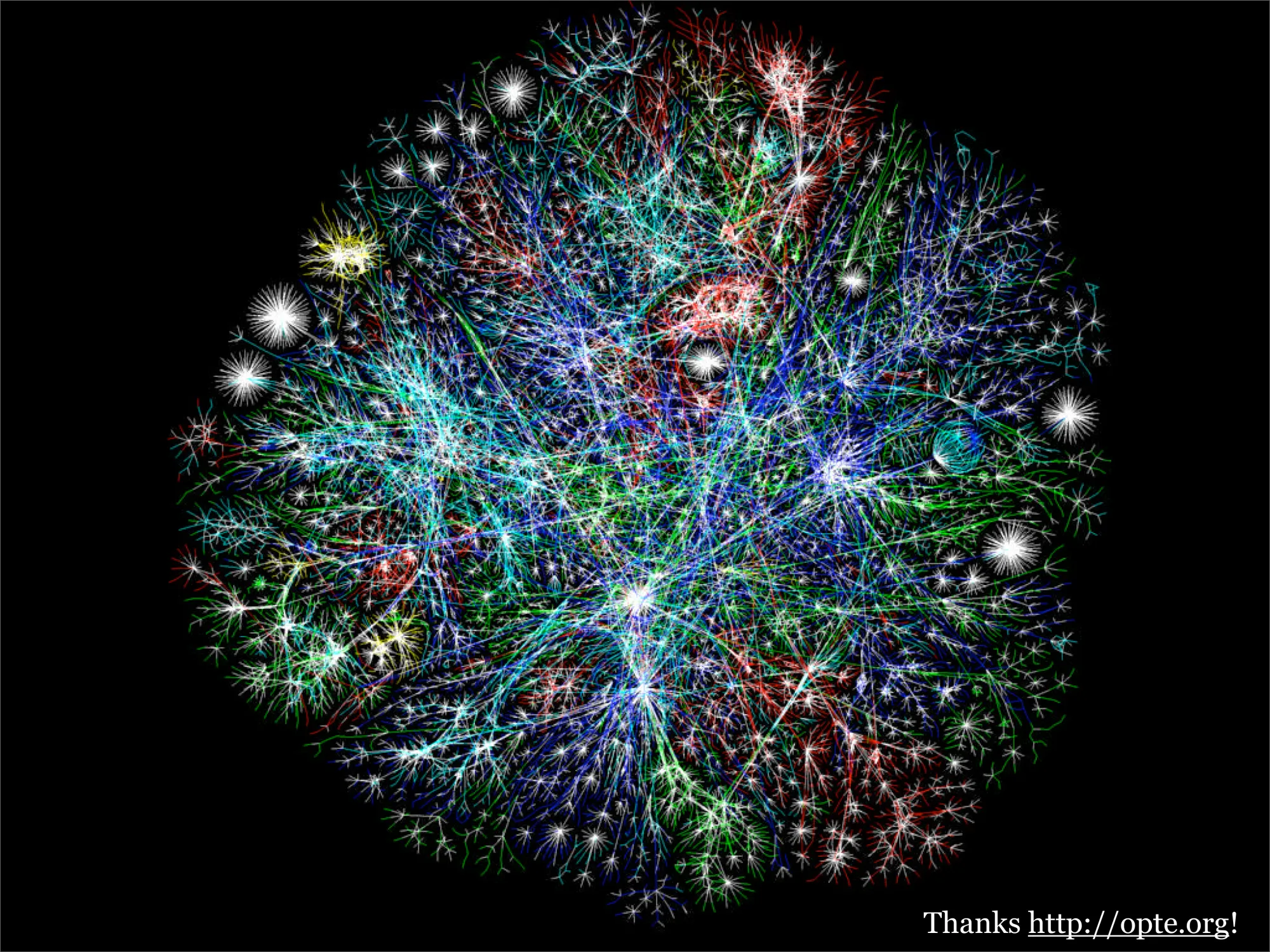
The Internet changes all of this
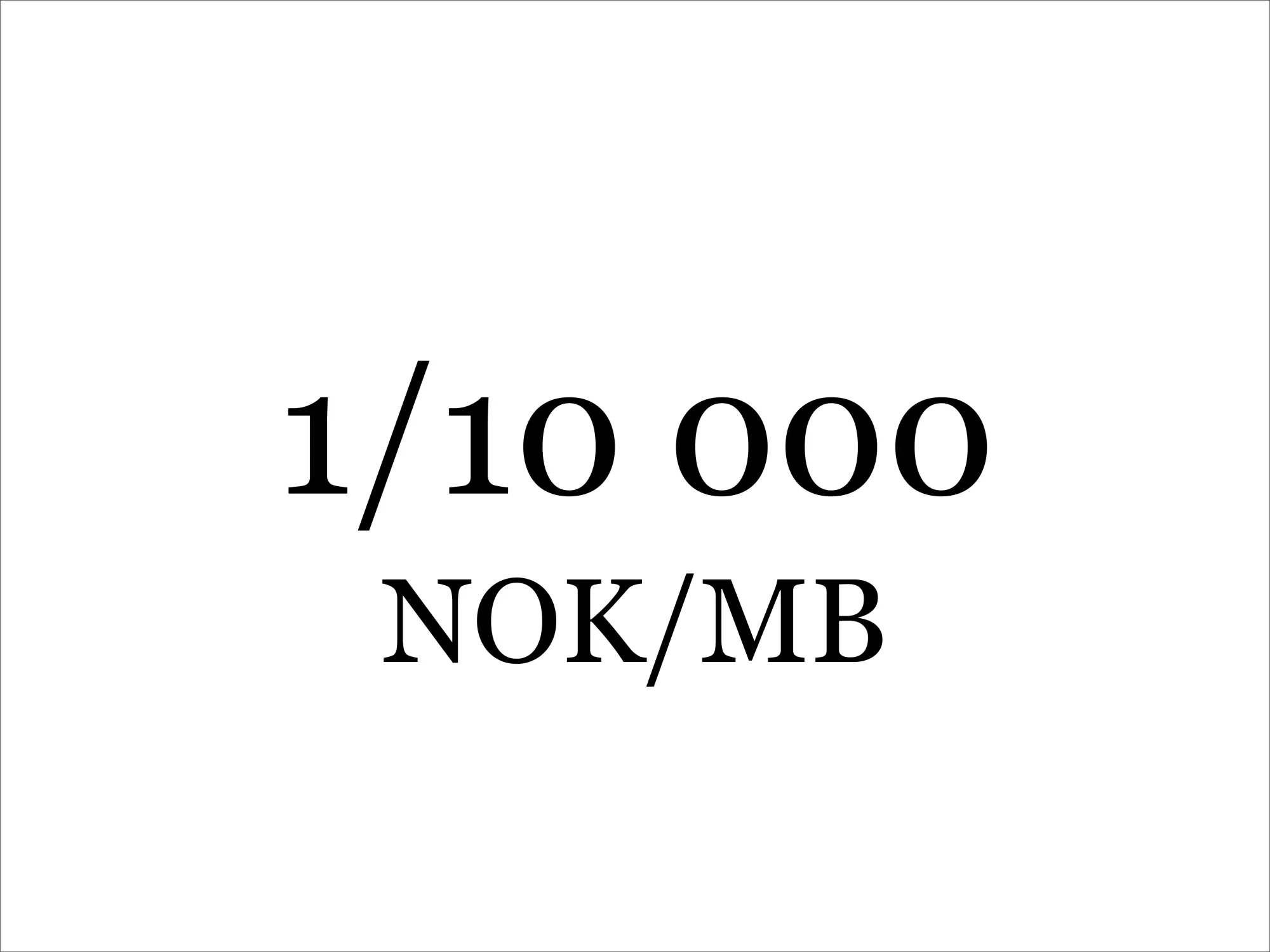
With the Internet, the cost of sharing is so low that software can actually be treated as information again – something that is not tightly tied to a physical medium. Software also becomes something that can be consumed – so to speak – without diminishing its value.
While physical media also keeps dropping in cost, it isn't a broadcast medium like the Net and doesn't have the same properties.

The Net is now the cheapest broadcast media. Even radio is still at least 10 - 100× more expensive than the Net, doesn't allow sharing at the same rate, and doesn't make creation of copies trivial.
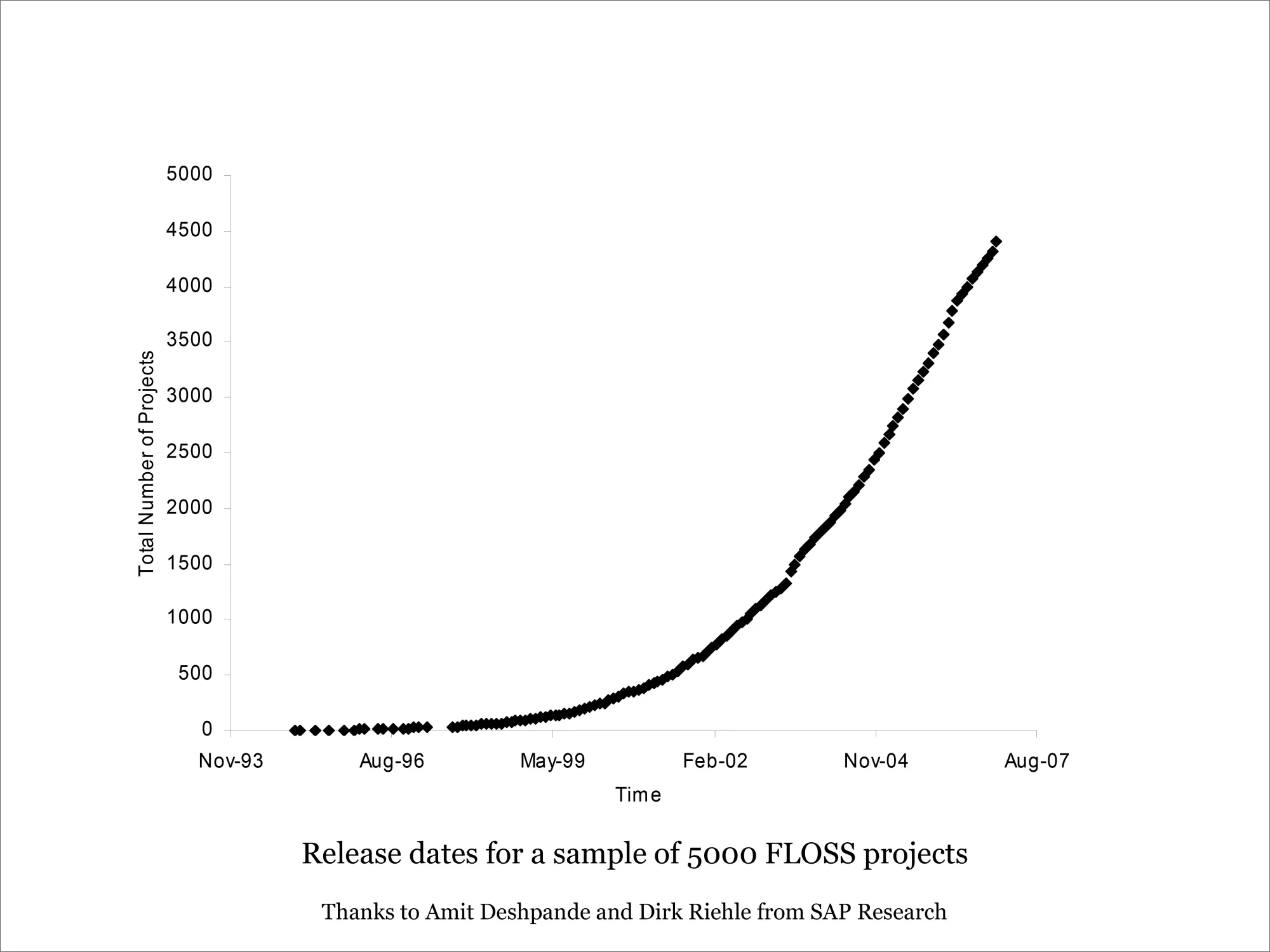
This chart is from a study by SAP Labs researchers on the total growth of free software. Note the growth trend.
The Internet allows distributed collaboration between independent parties with little cost.
This is no minor change. This is a fundamental rewrite of of what has value. The dynamics of artificial and actual scarcity that drove the pre-Internet software industry are becoming irrelevant.

If you understand this, you may think that companies are changing because they are forward-thinking visionaries. In part, this is true – any number of Norwegian software companies are visionaries. However, I believe that most Norwegian software companies are like other software companies around the world –working to be profitable for the coming quarter, looking for tools to ease the development process, and just generally trying to run their businesses.
I think that some of the most common reasons that companies adopt and produce Free Software are as follow:
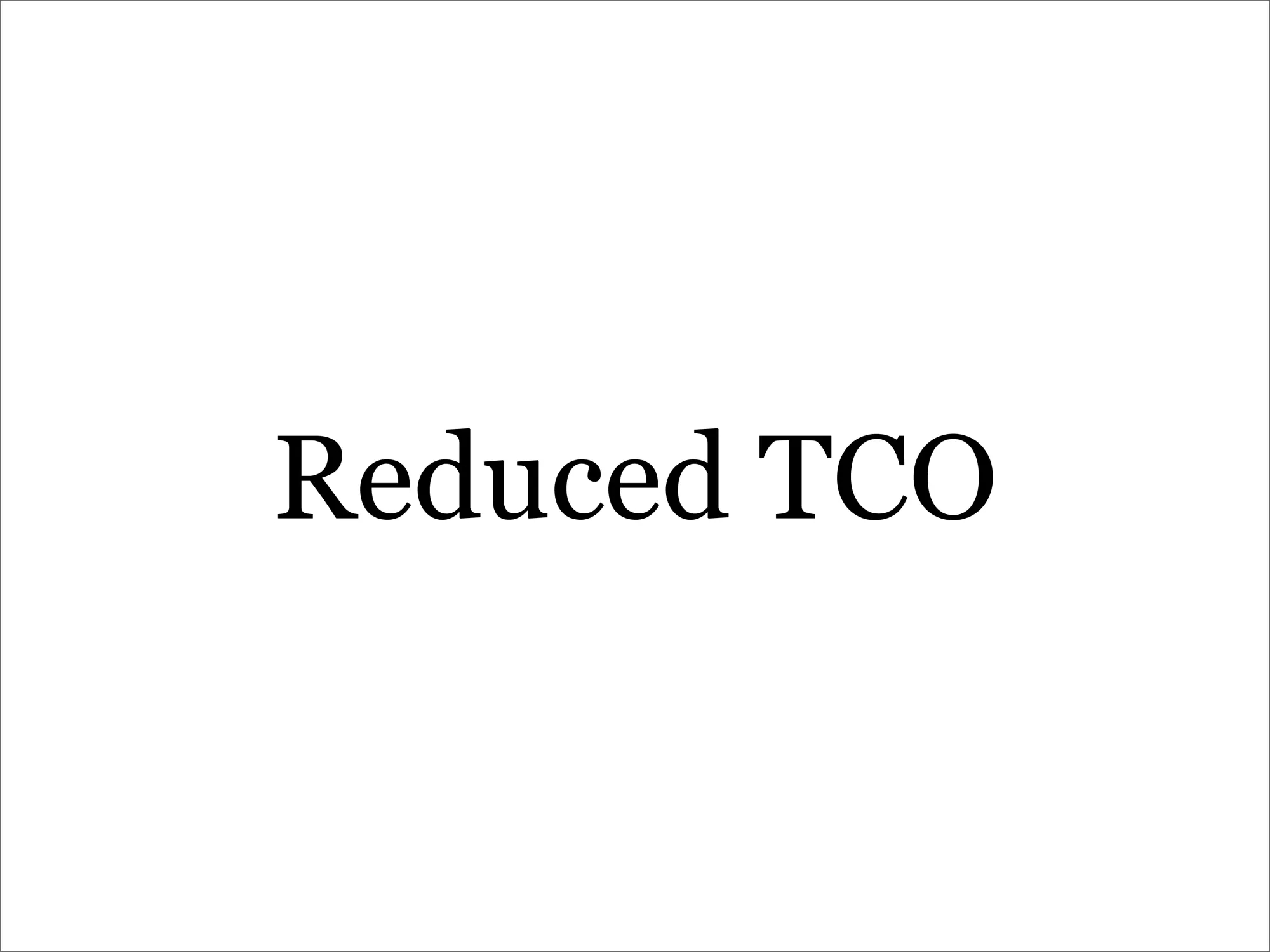
There are many cost savings:
- You don't need to pay for licensing.
- You don't need to pay for maintenance.
- You can choose an appropriate level of support, from self-support and community support up to getting a major vendor to provide support, such as the French tax office did with IBM (though at a significant cost savings compared to proprietary options)
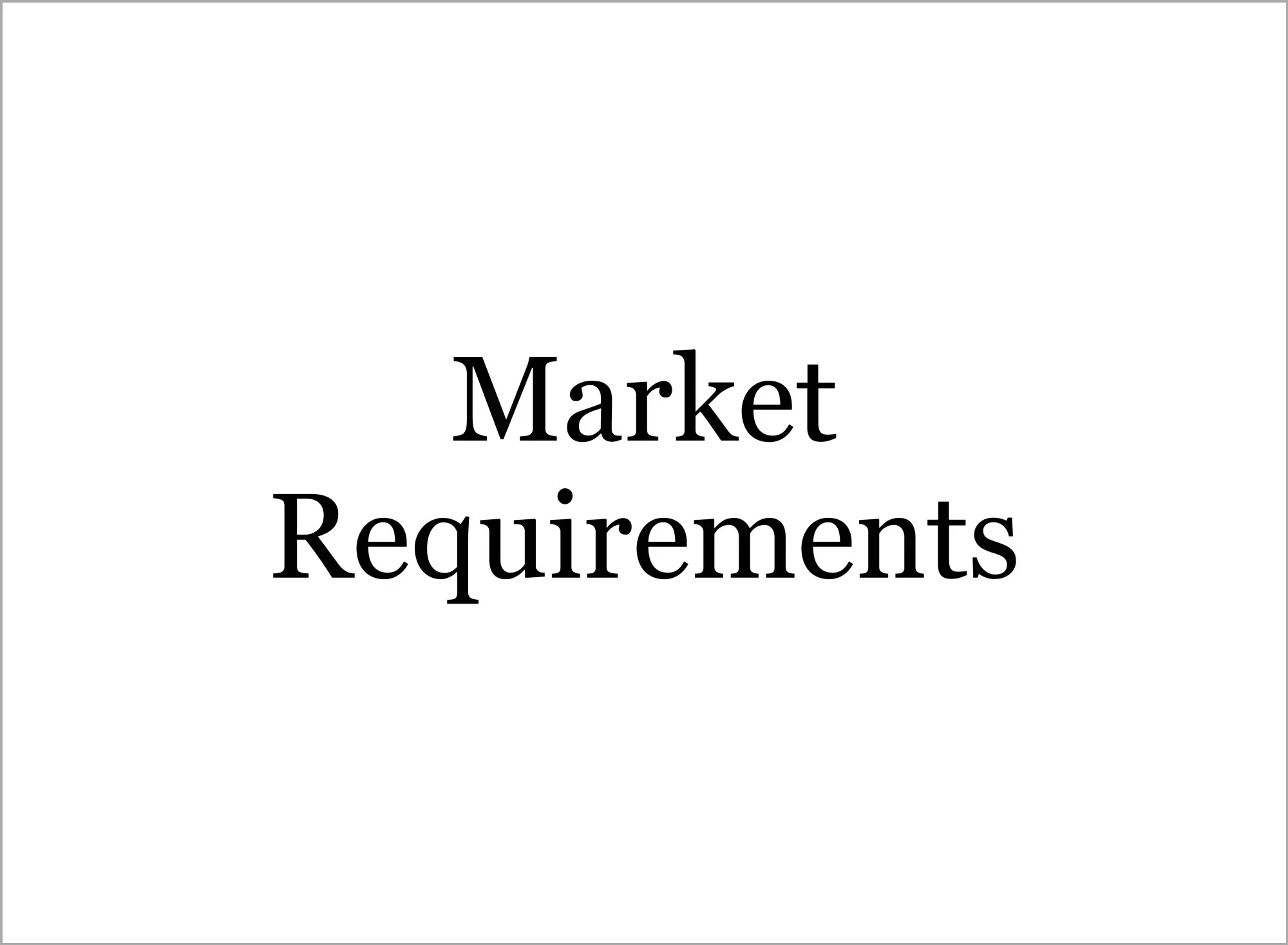
You can more easily understand the demand for a product that works with Free Software because of the public communities around the software. This lower risk of building products that there isn't demand for.
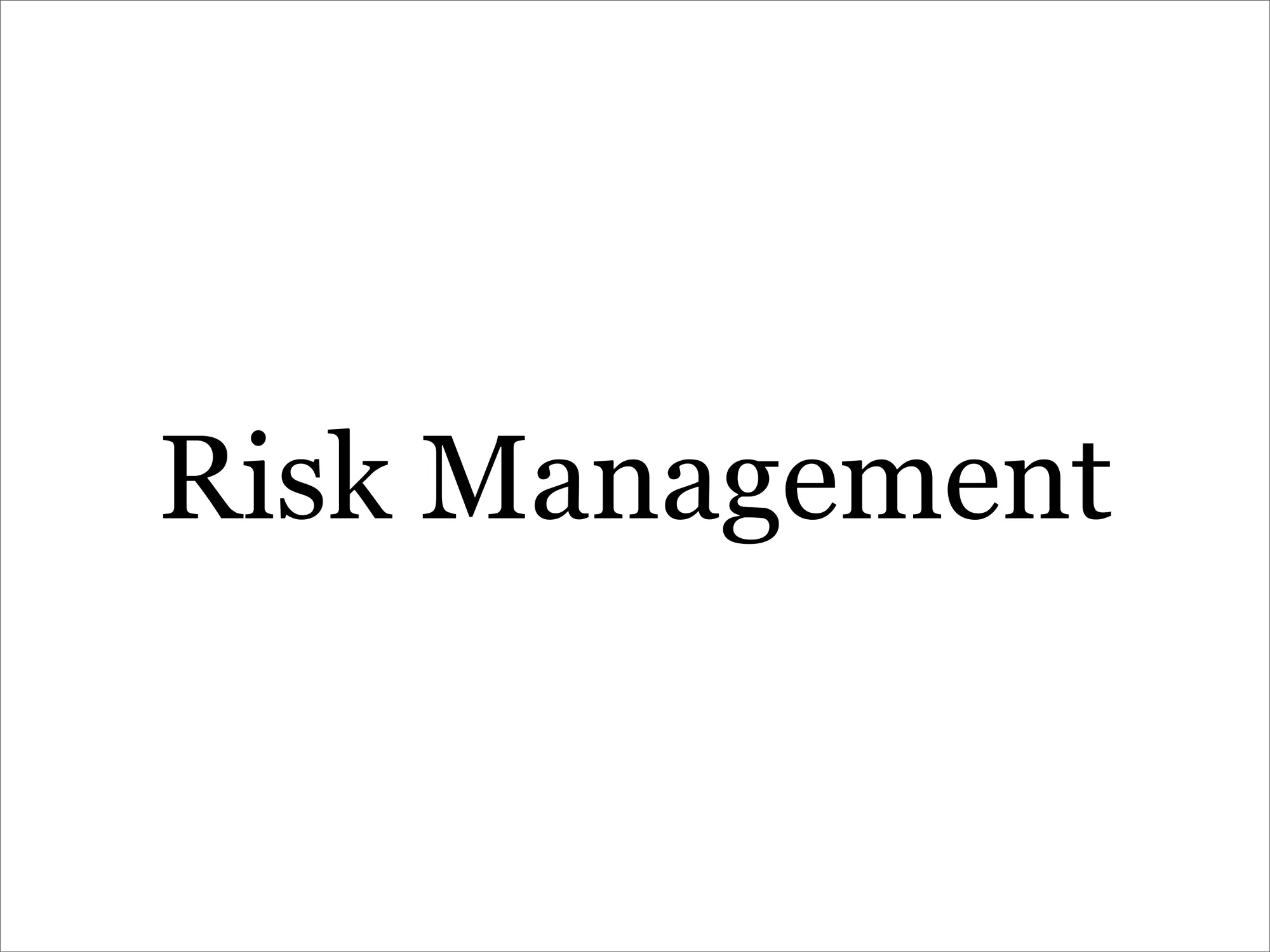
You also can reduce your risk of issues with upstream vendors. If you build a product that's based on Free Software, you have much more independence and control.
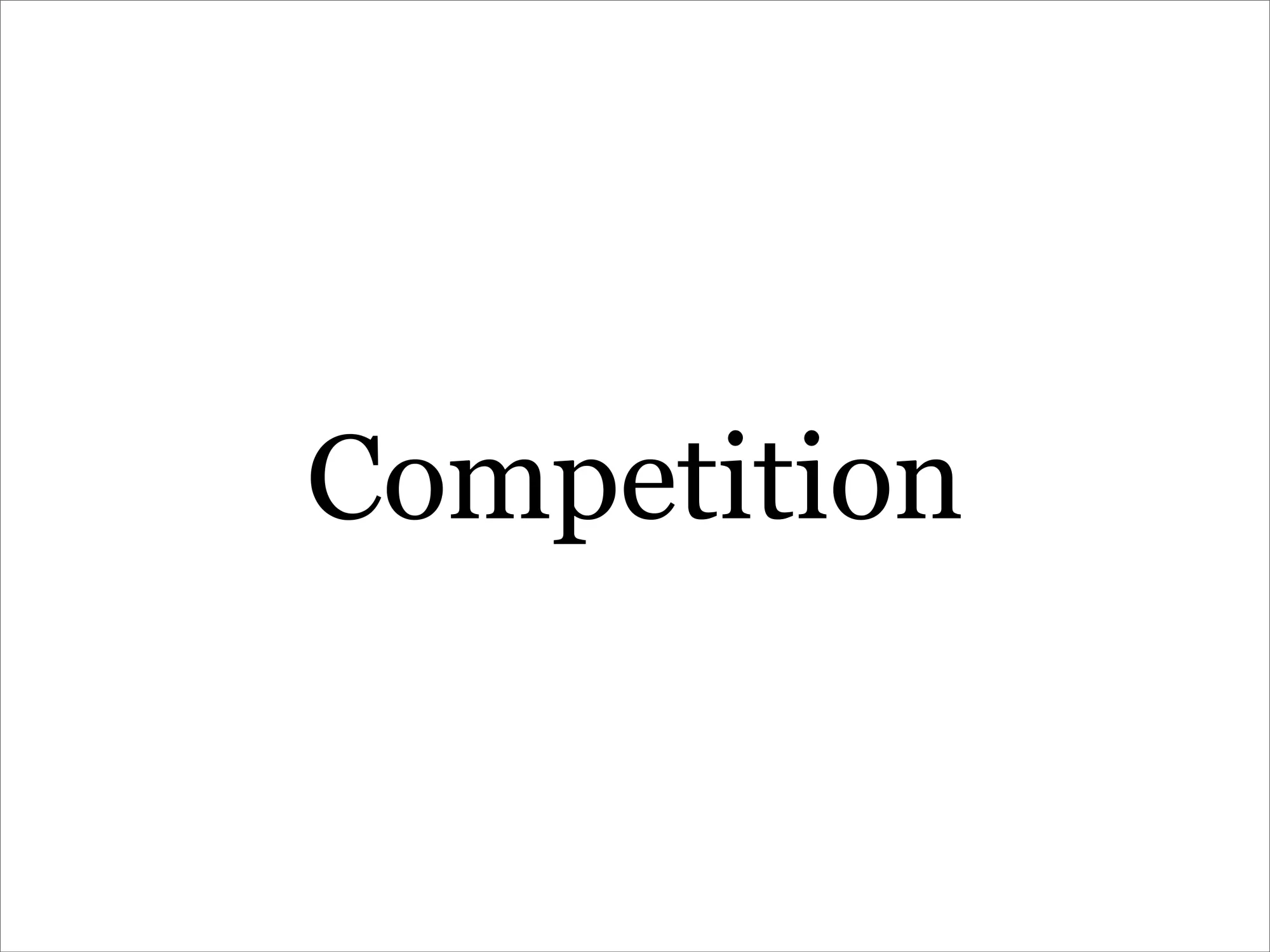
You can choose a range of cooperative or disruptive strategies that let new entrants effectively compete with incumbents.
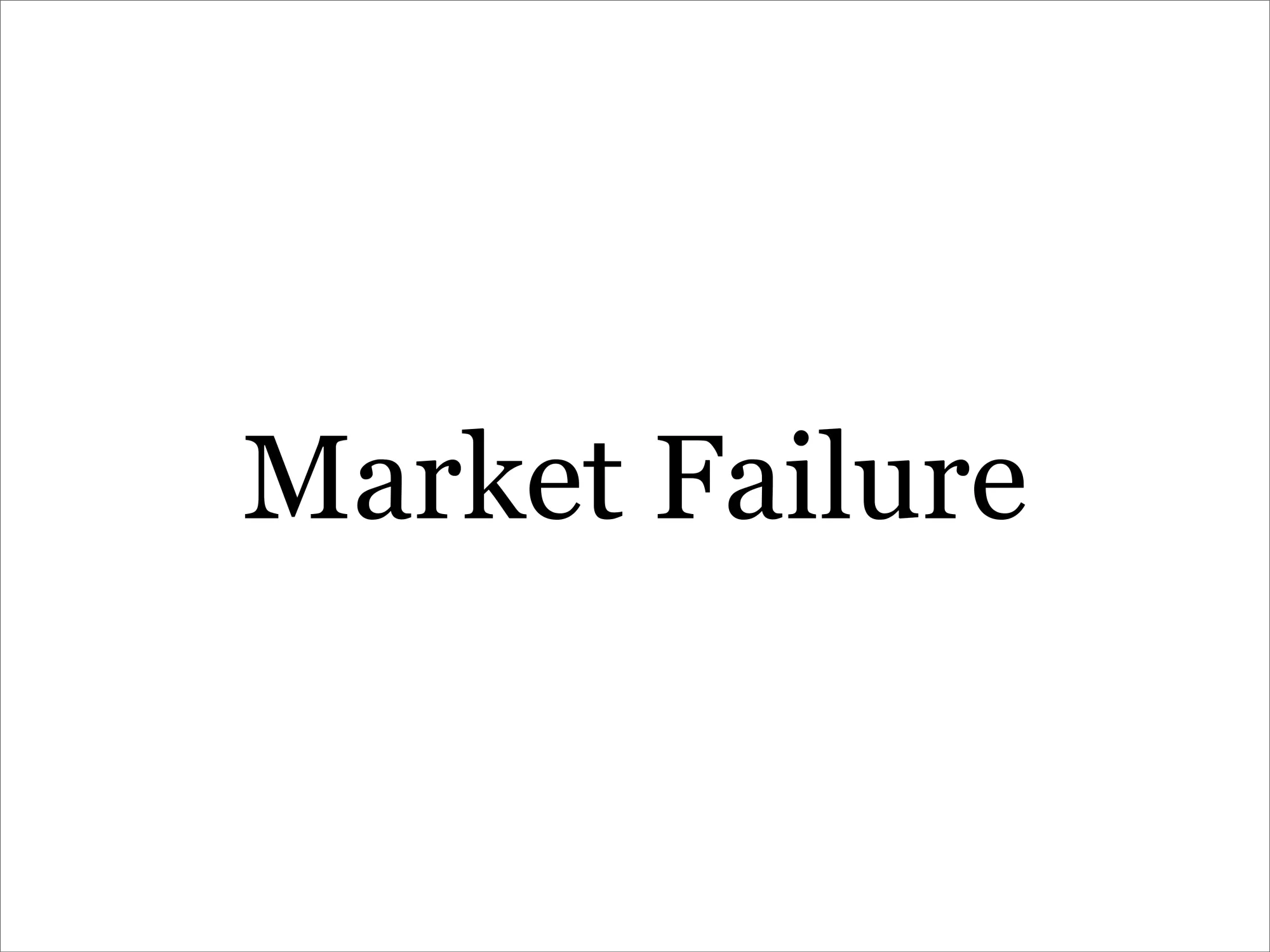
You can address market failures. For example, when Microsoft didn't localize Office for Nynorsk or Sámi, vendors could still localize OpenOffice.org because it is Free Software.

Some – perhaps many of you – are thinking, but how can my software business make money if we're working with Free Software or even creating Free Software.
There are many paths to profit.
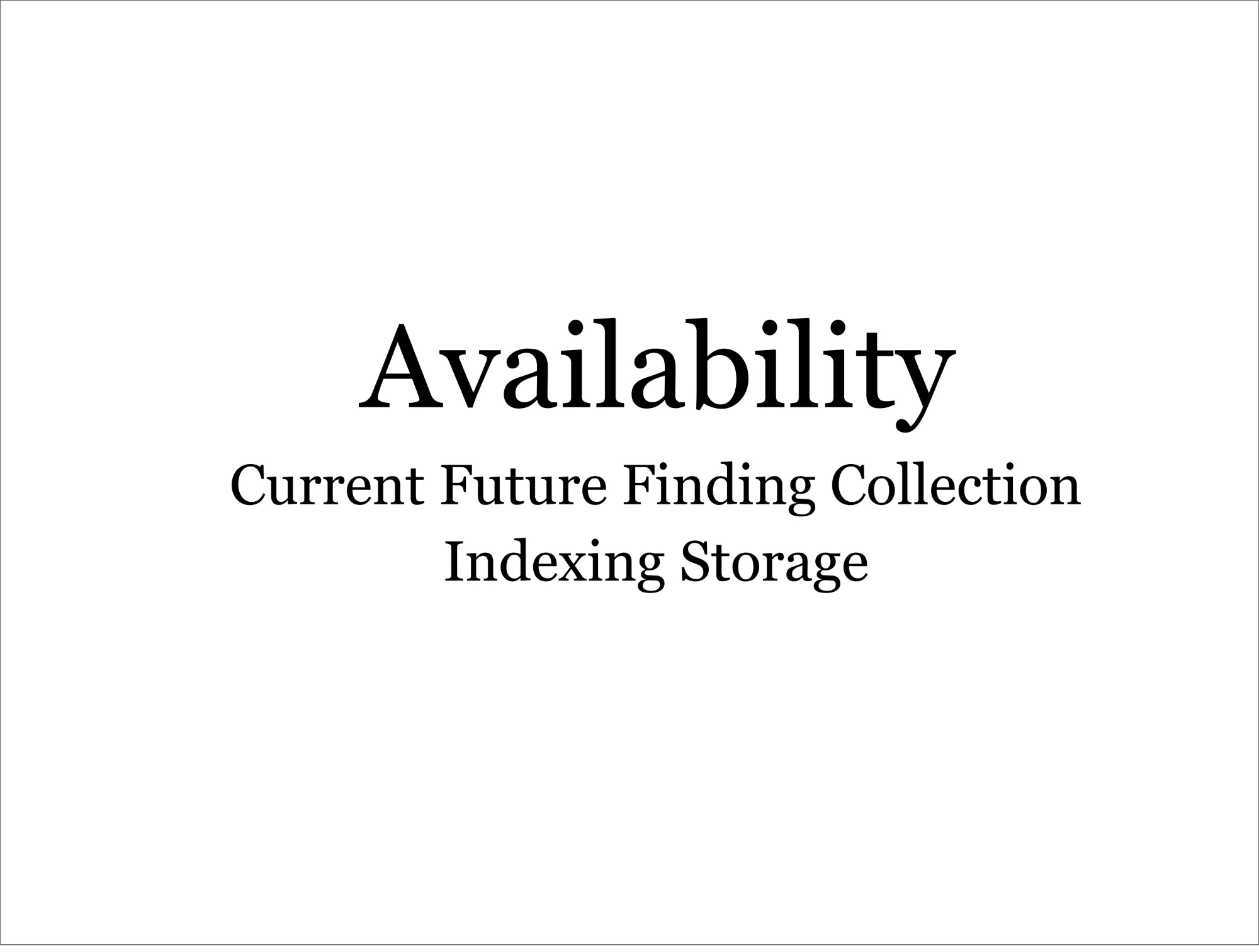
While copies of Free Software are usually distributed free of charge, you still need expertise to use and manage the software. Some companies do well simply by assembling, selling and maintaining collections of software.
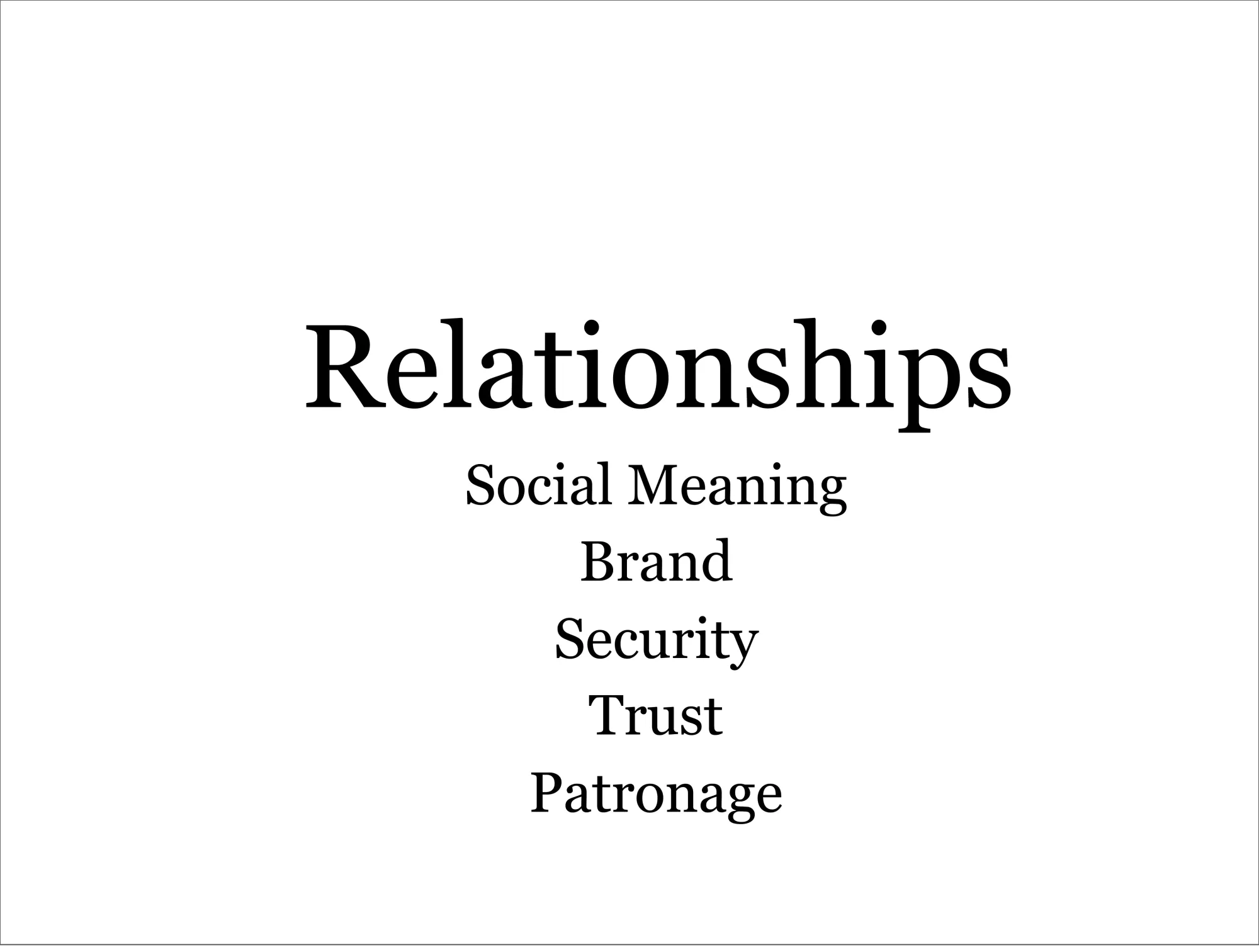
For both individual developers and companies that want to contribute to Free Software projects, there are less tangible benefits to that participation.
Many developers find the process socially meaningful. It's enjoyable to apply your skills in a setting with peers who value your contributions.
Participation can help individuals build a good reputation that can be publicly validated and companies can build their brands in a similar fashion.
You can help ensure that Free Software that you rely on is more secure and safer for your specific needs, something that you can't easily do with a proprietary product.
Lastly, even if a company doesn't directly contribute code to a project, they can still sponsor work and receive many of these benefits.
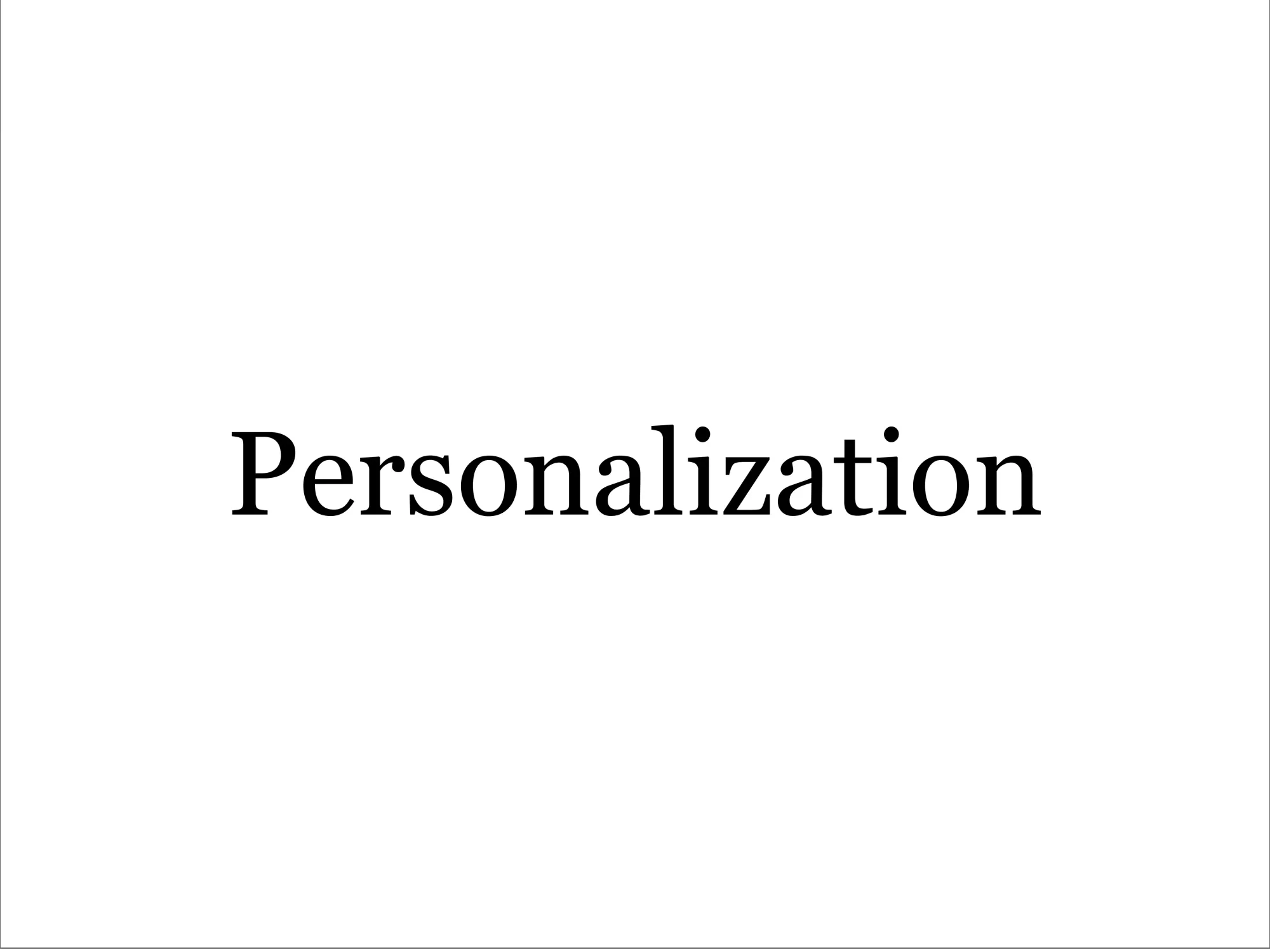
Free Software often meets many common needs, but still needs further work to meet specific customer requirements. There's good money to be made in these customizations.
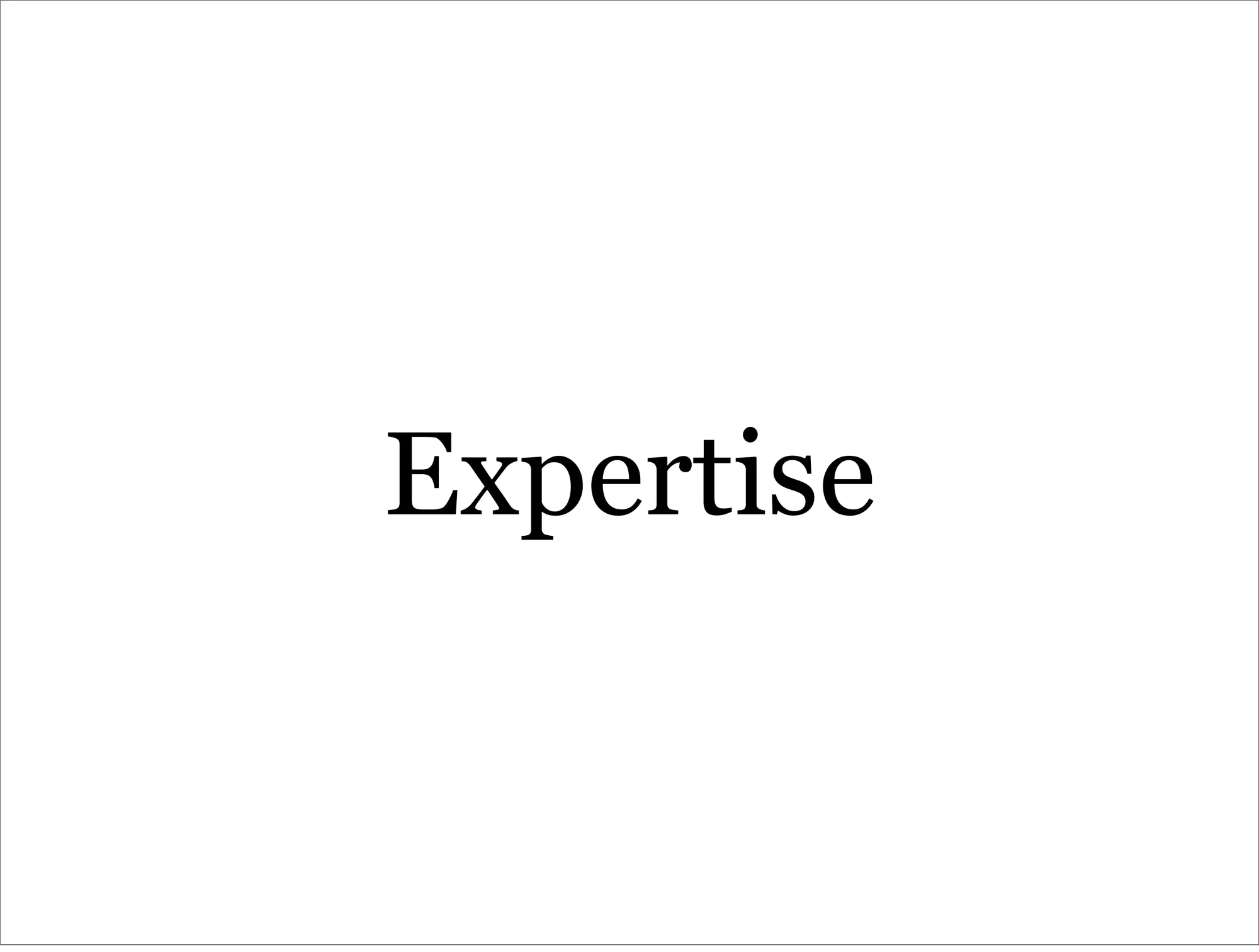
In general, you can think of this all something like the law.
While laws are freely published and you can study them and even represent yourself in a court of law, you're generally better to hire a lawyer - even though it's expensive.
It's the same with Free Software. It may be freely available. You can access and study the source code. You can even modify copies and share those. However, it's often best for important business use – even if you are a developer – to rely on the work of a vendor who works with Free Software.
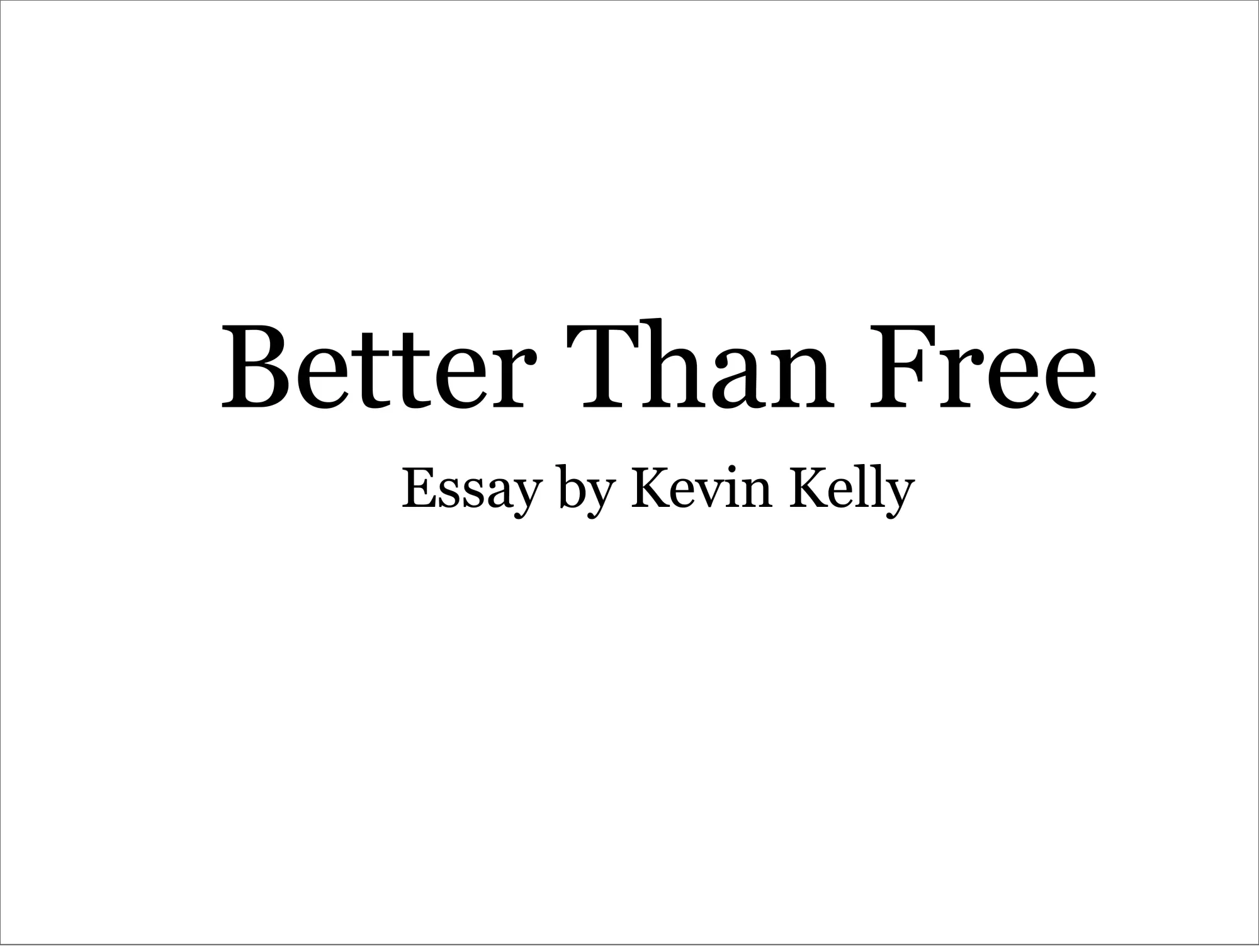
For more ideas on this, read Kevin Kelly's, "Better Than Free" essay.
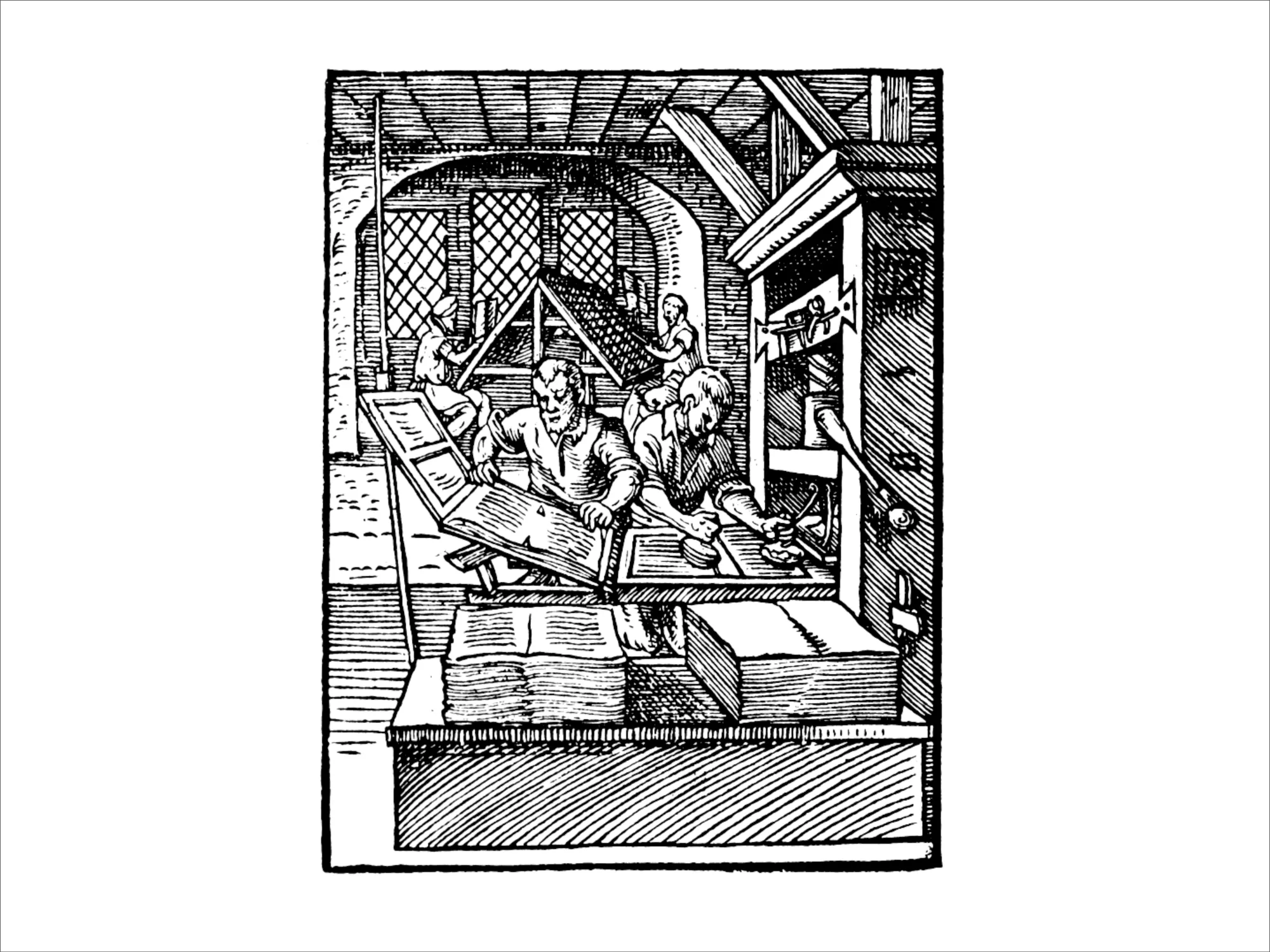
I'll leave you with a few closing thoughts.
We each know something of the history of the printing press and how it is has been the a key tool for modern societies.
In our new era, the net is the printing press and Free Software is something it can print.
However, while the printing press took 300-400 years to become commn around much of the populated world, the Net has grown into a monster that consumes about 5% of our global energy output just within my lifetime.
We're in a period of rapid change that will only get more rapid, and each of you innovators in this room are at the forefront of that change.
I hope that each of you choose Free Software as a way to help all of us move forward.
